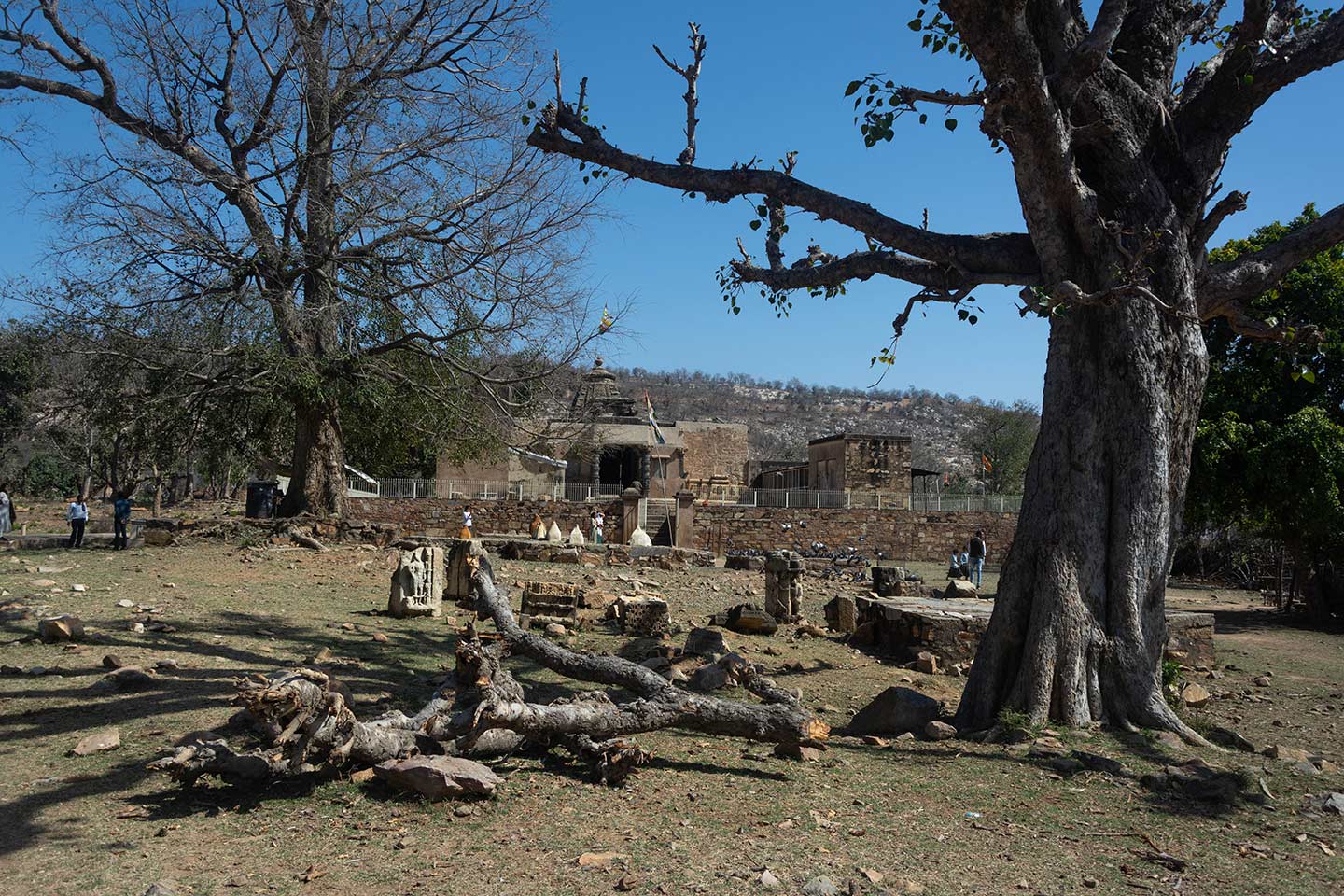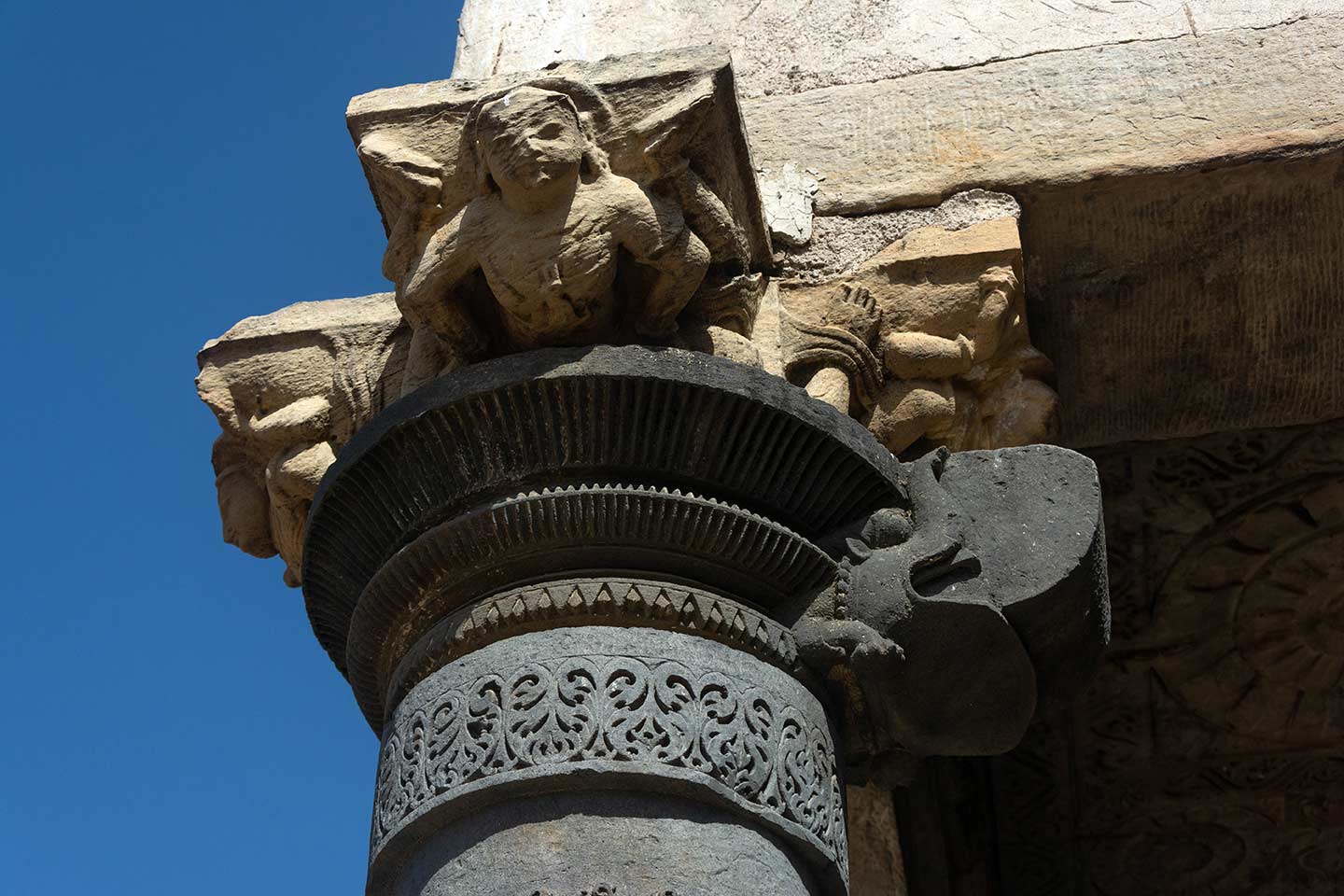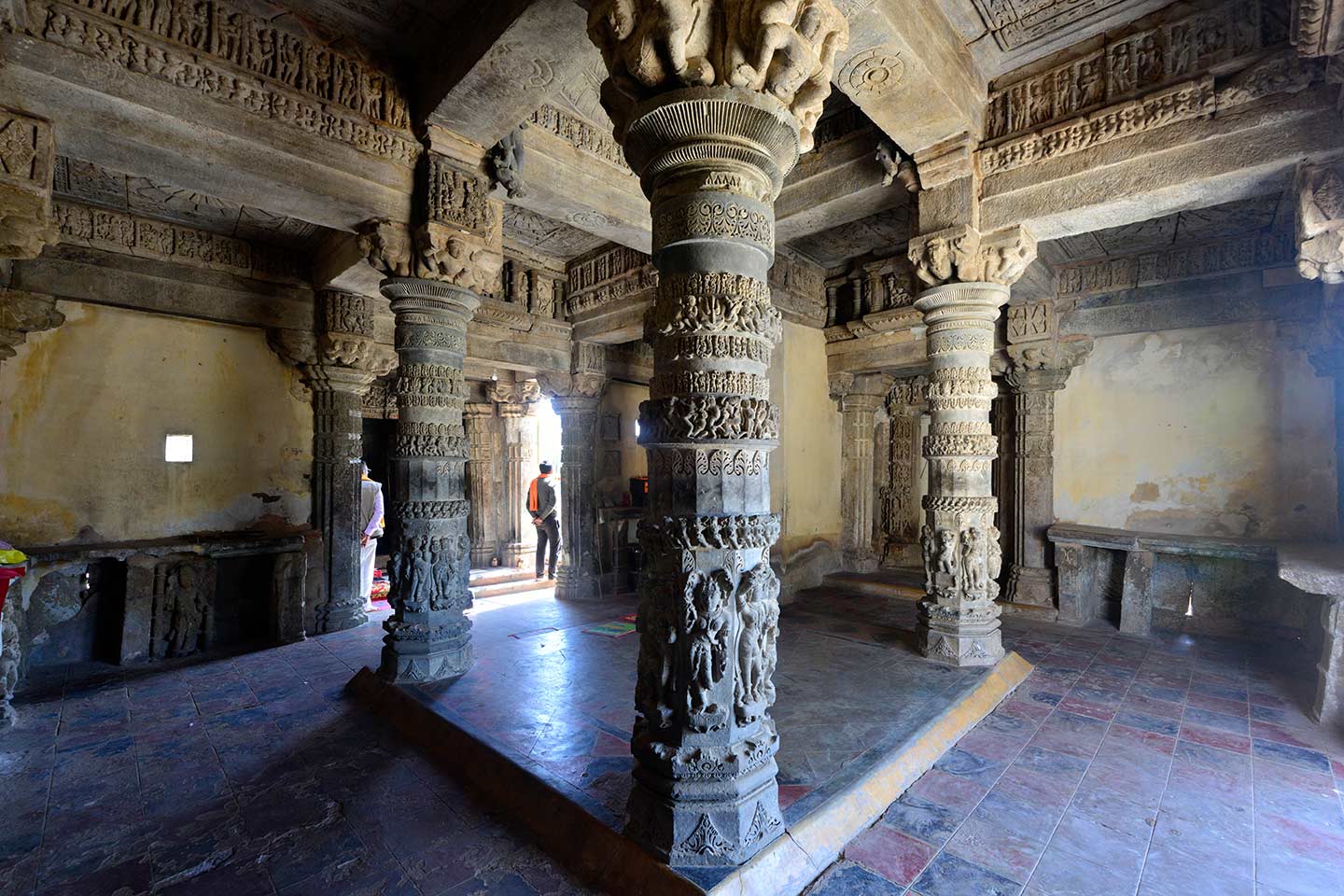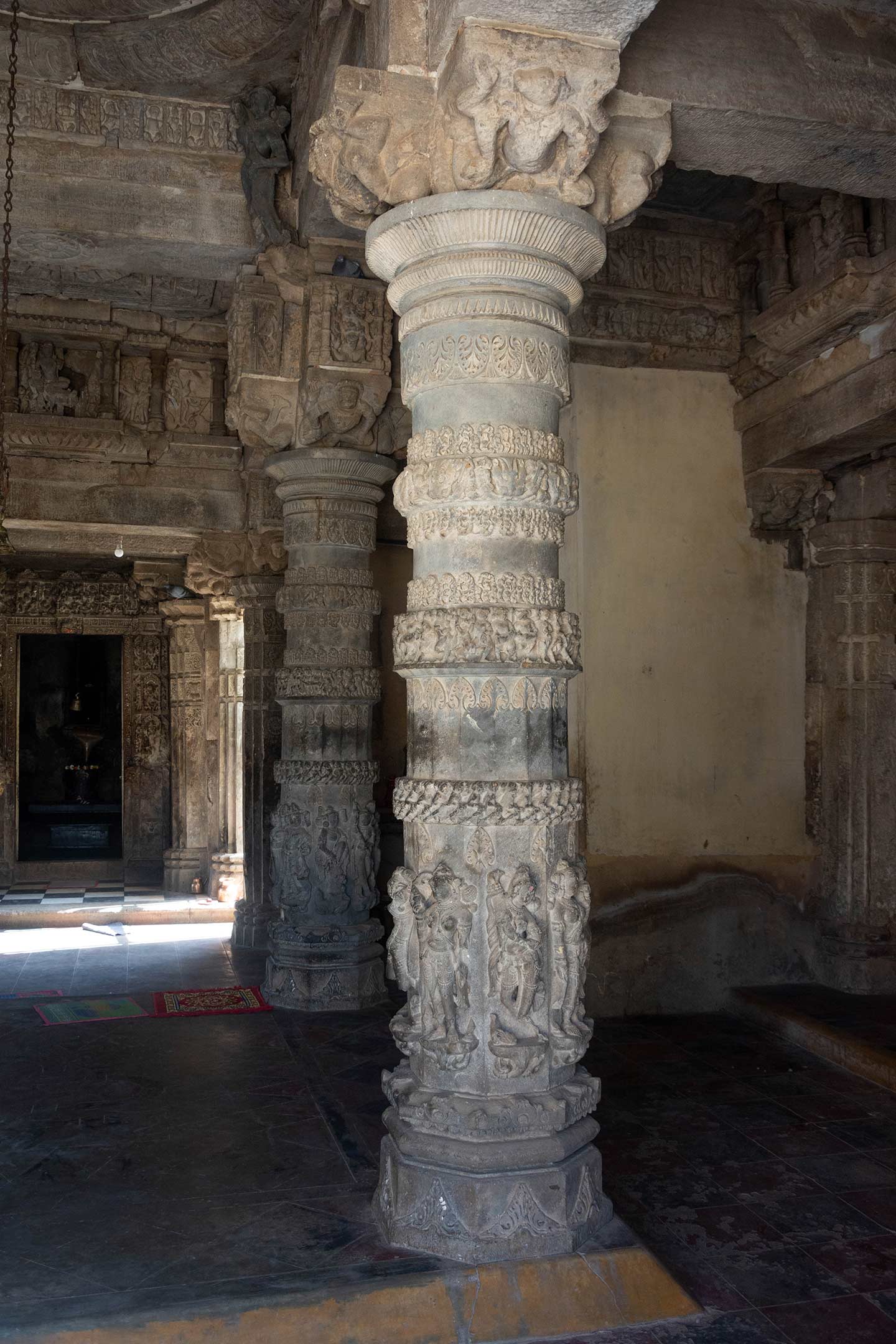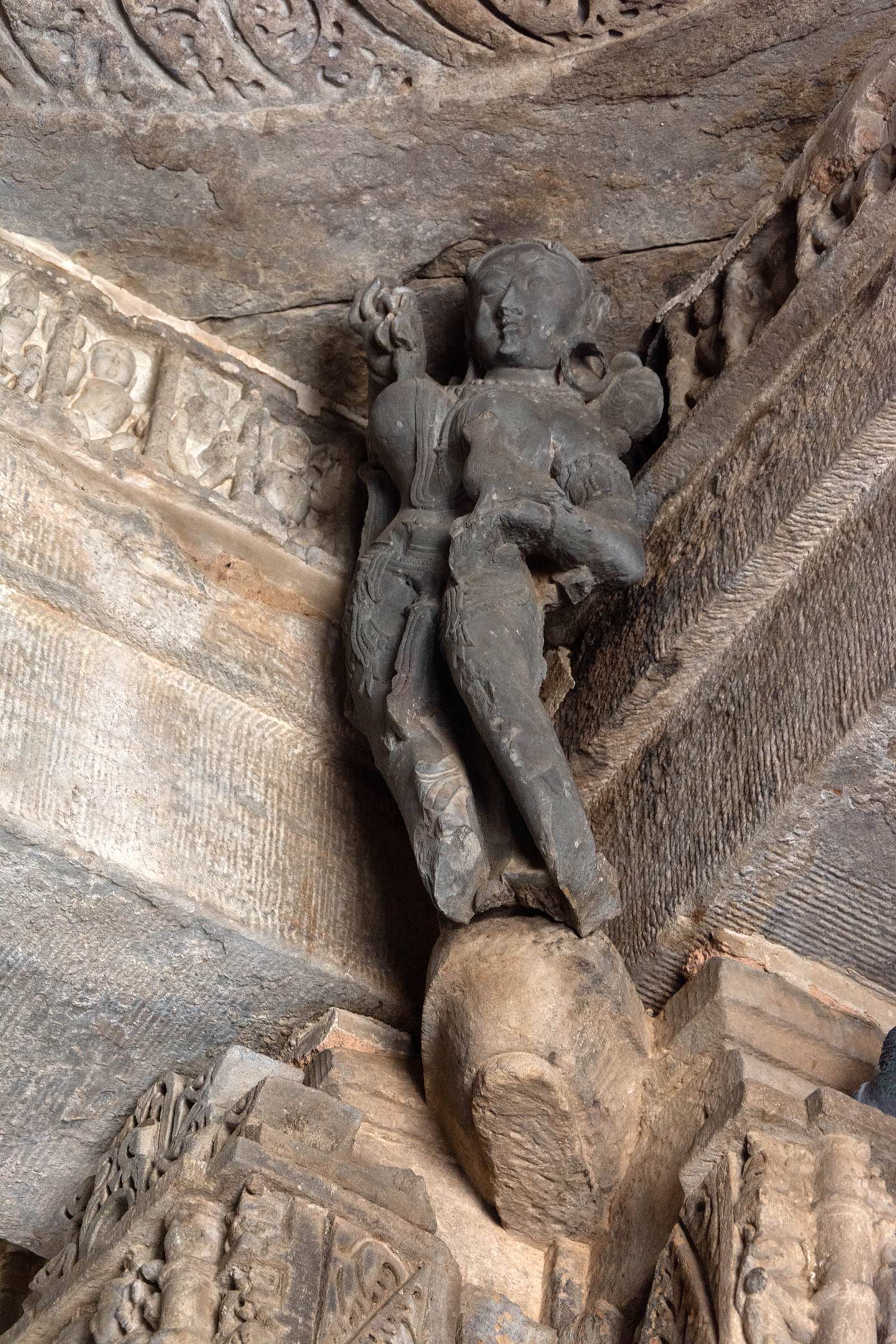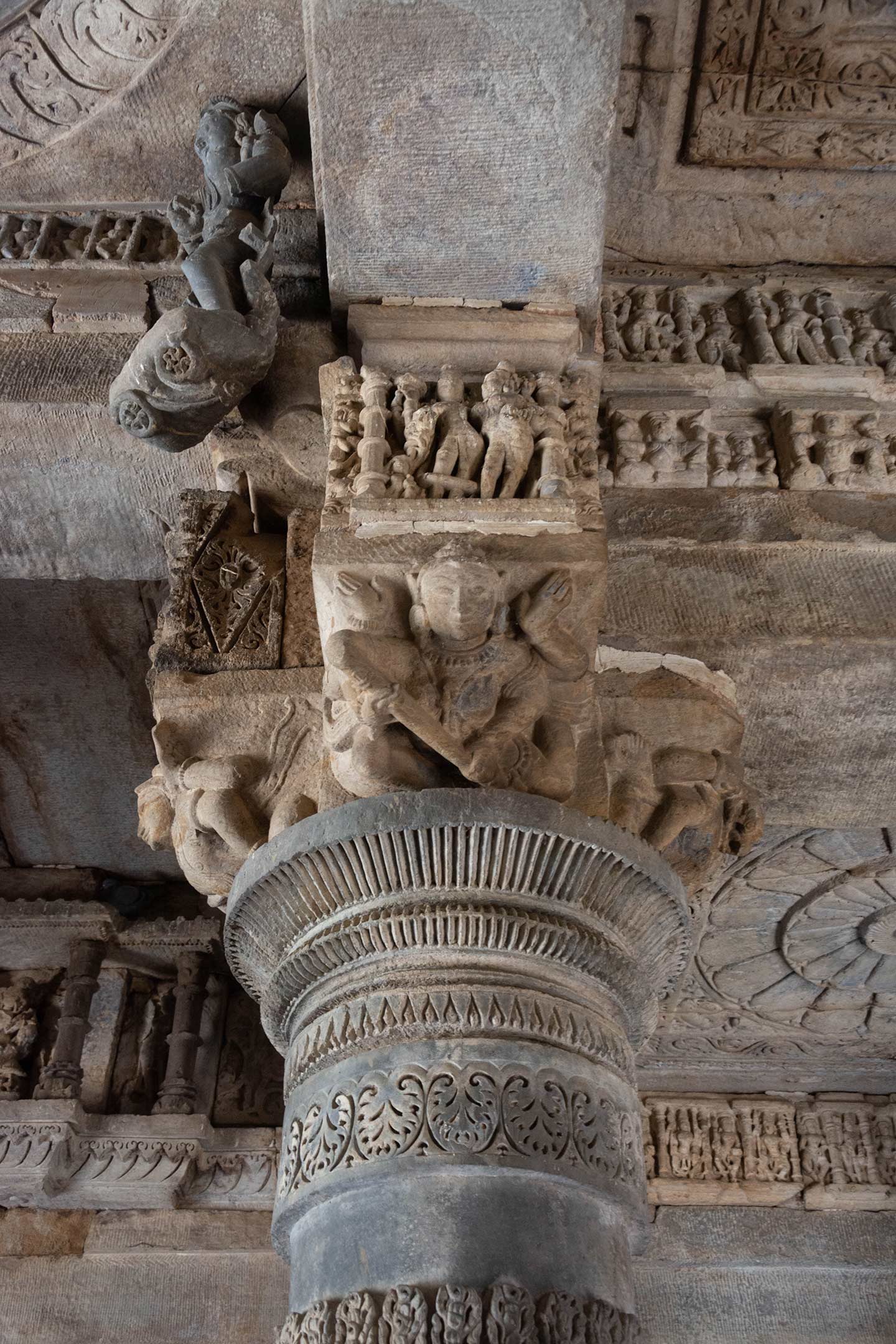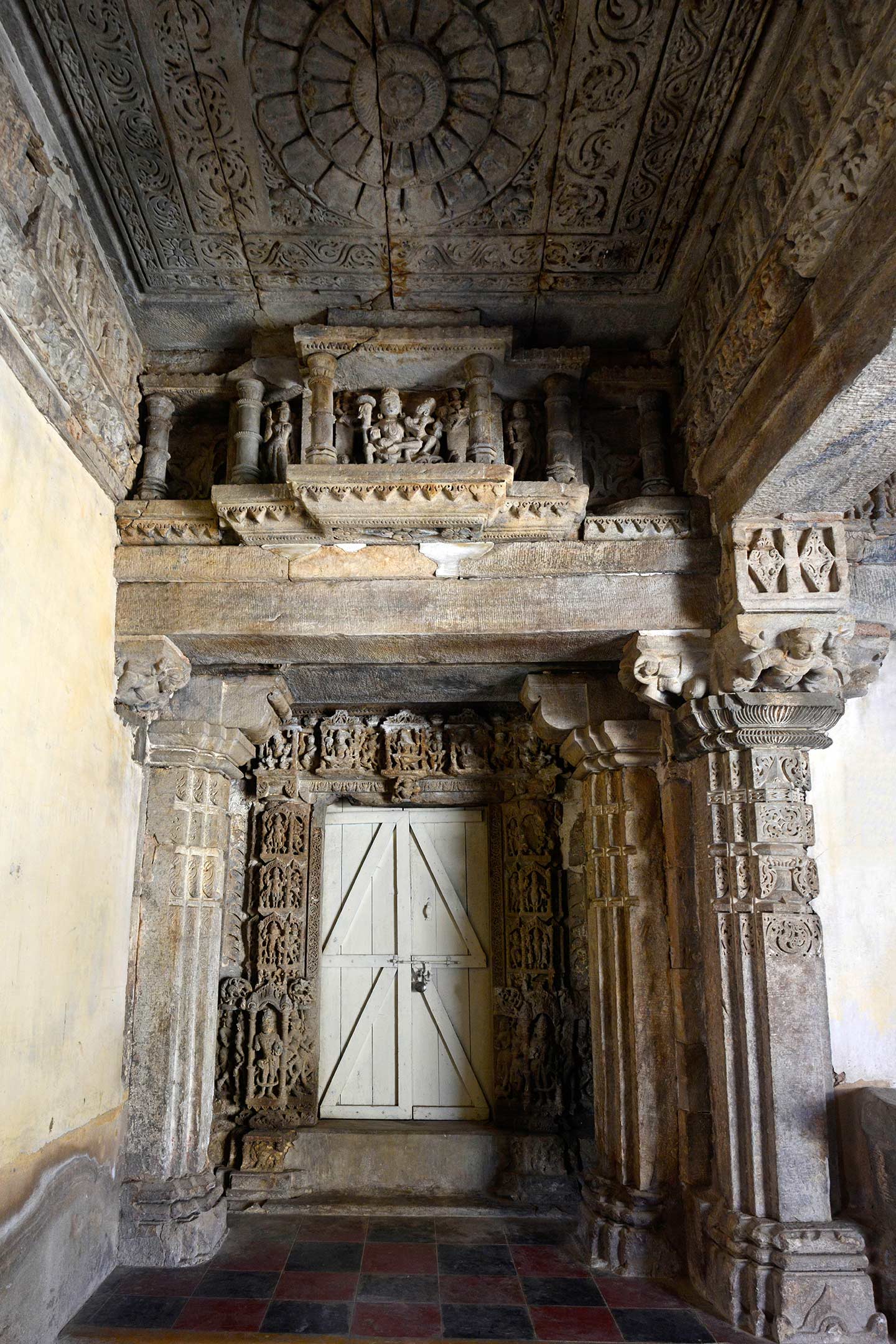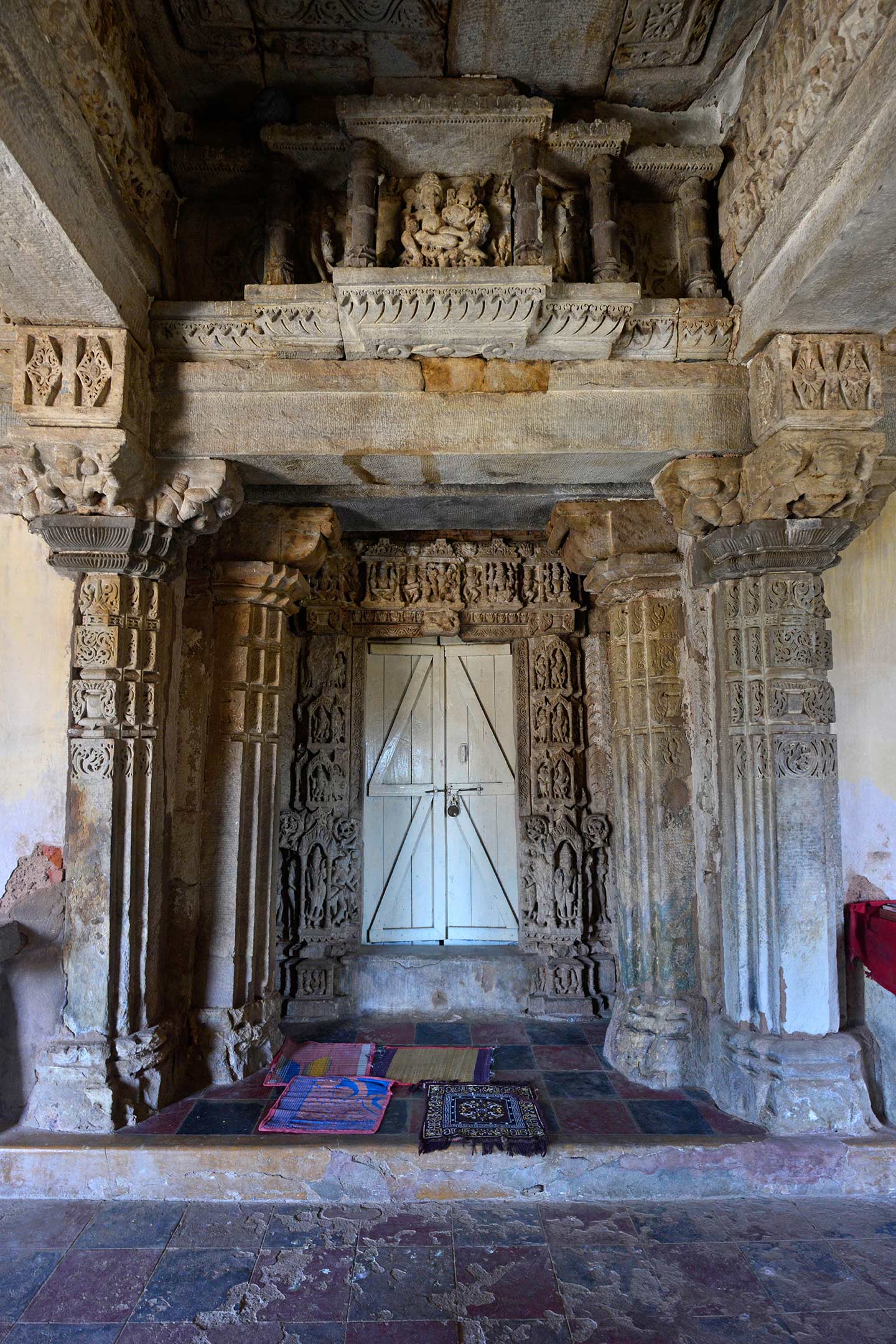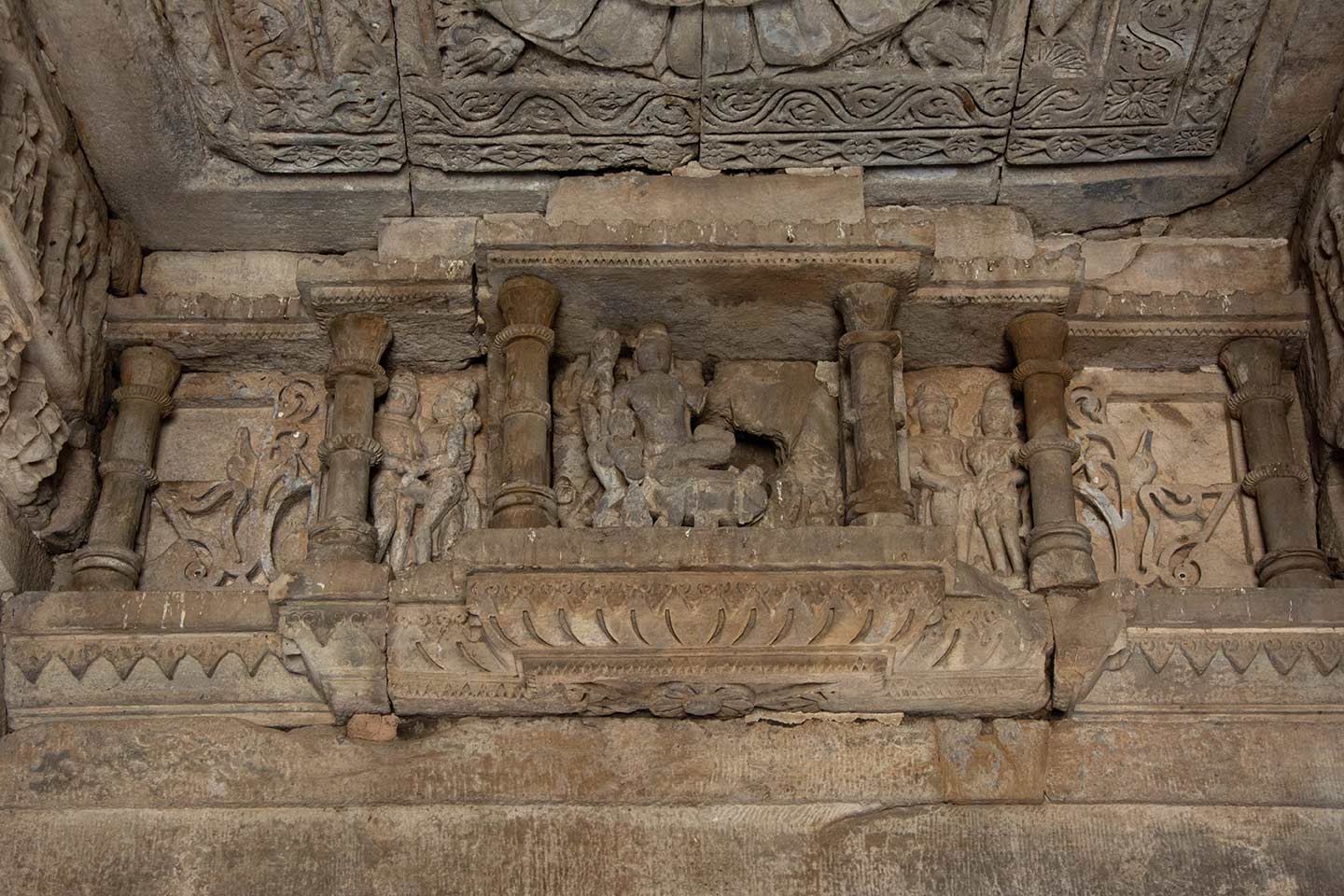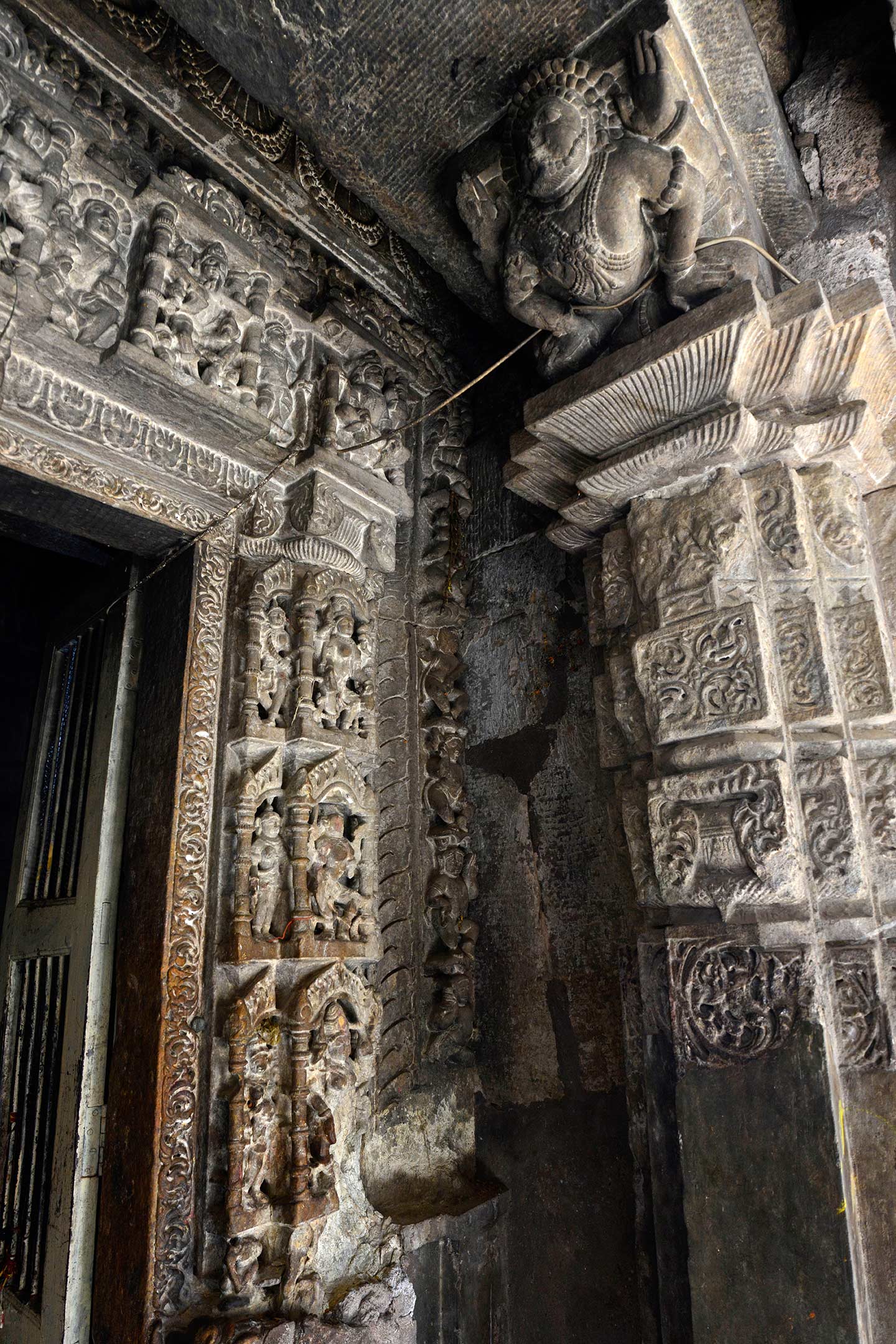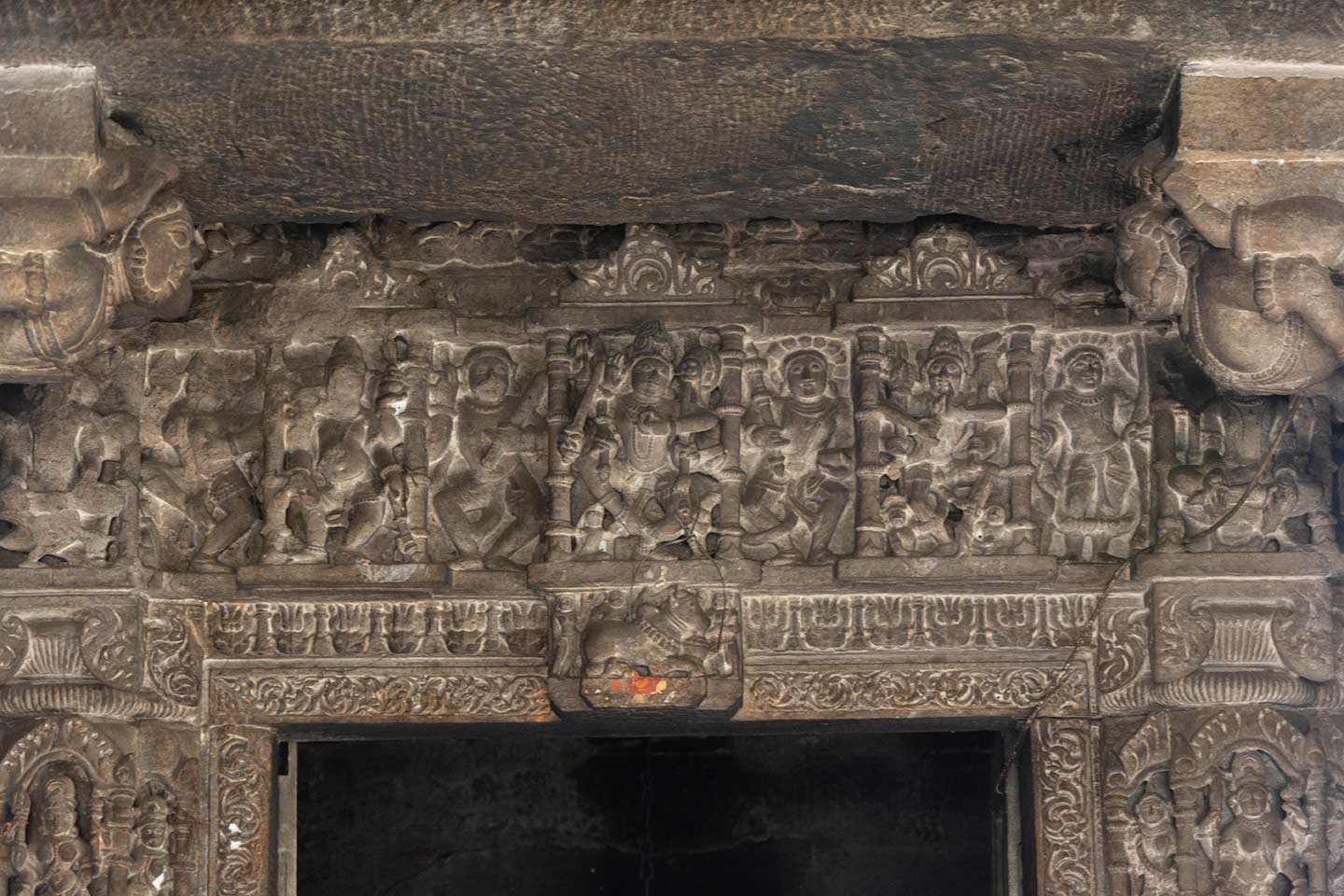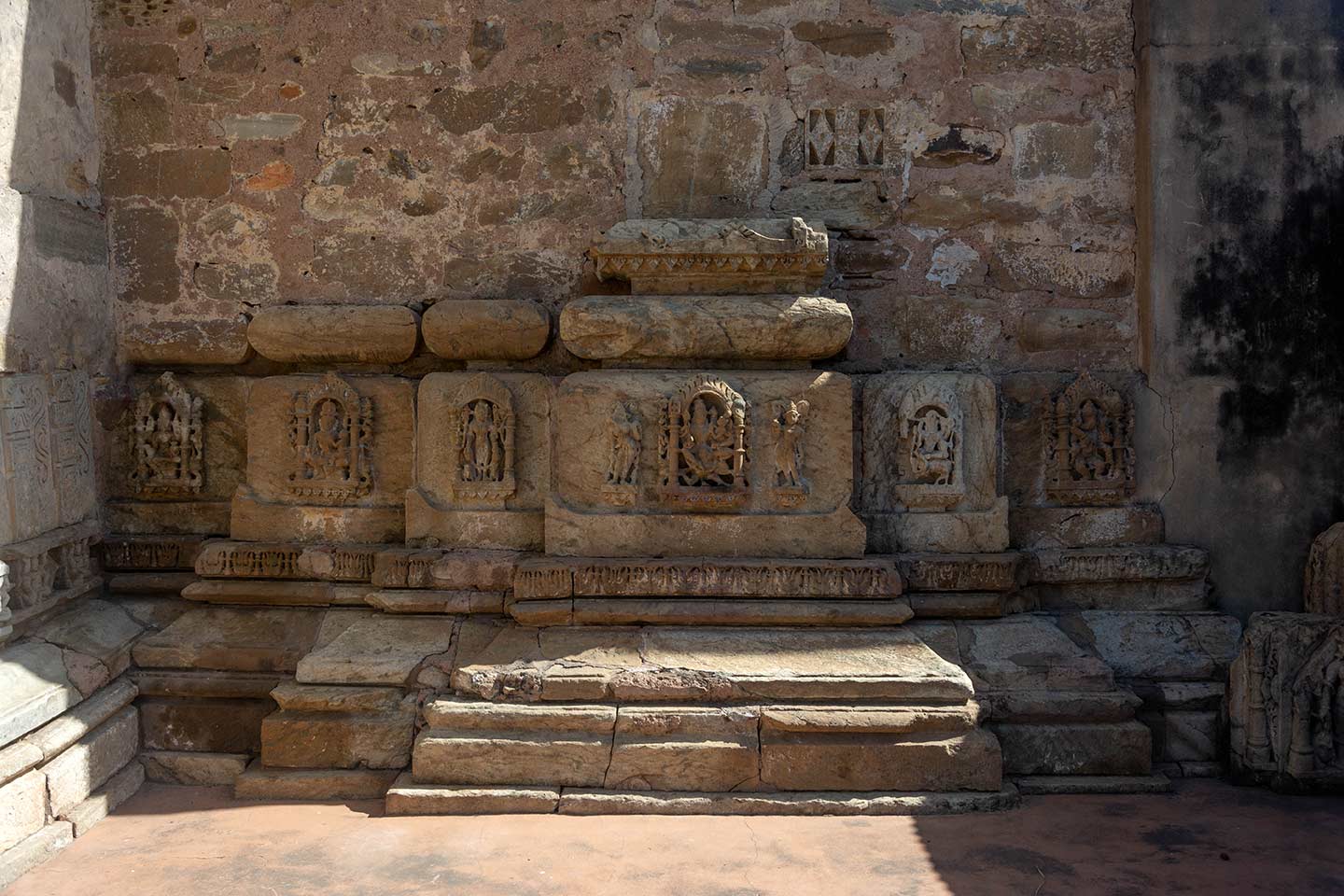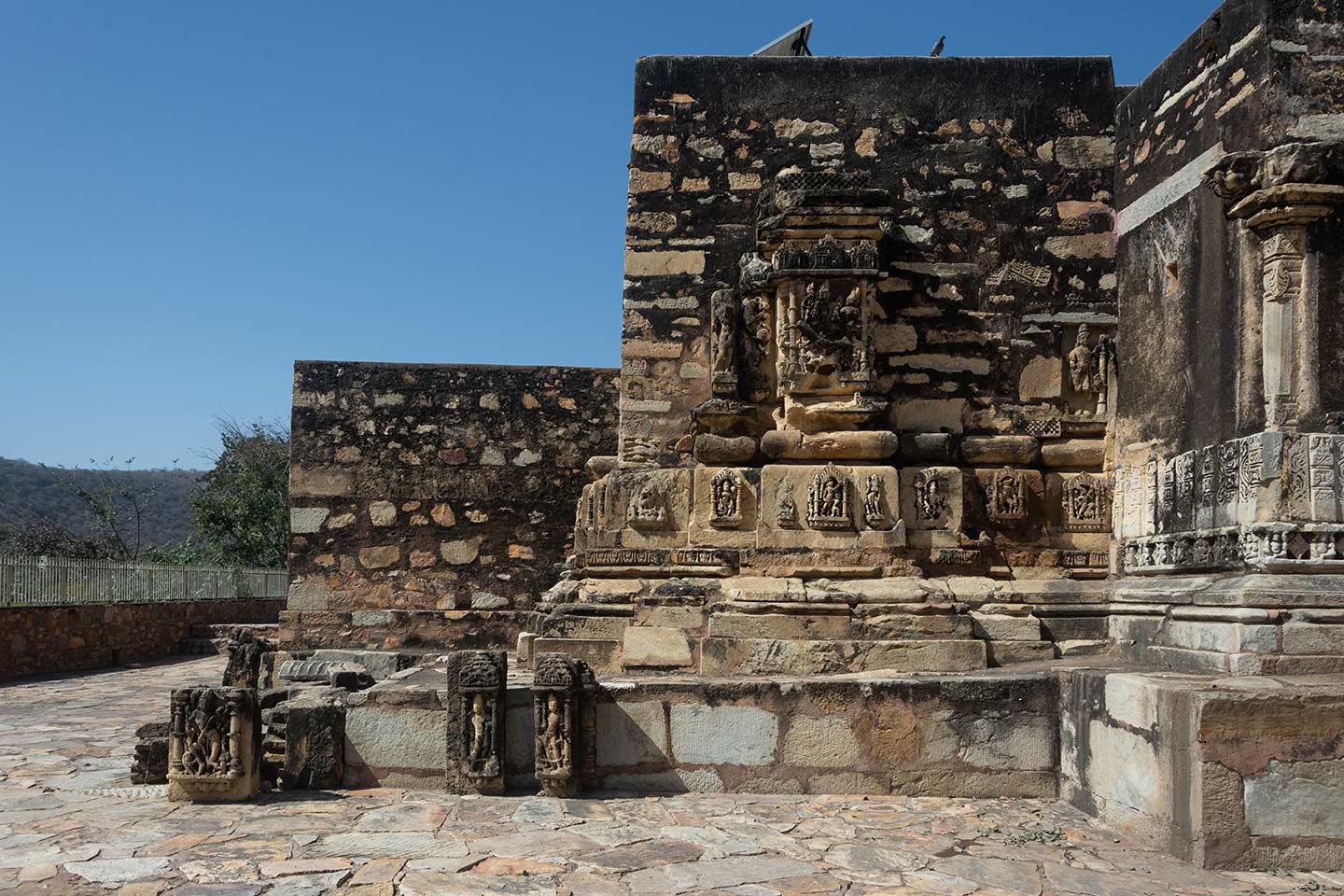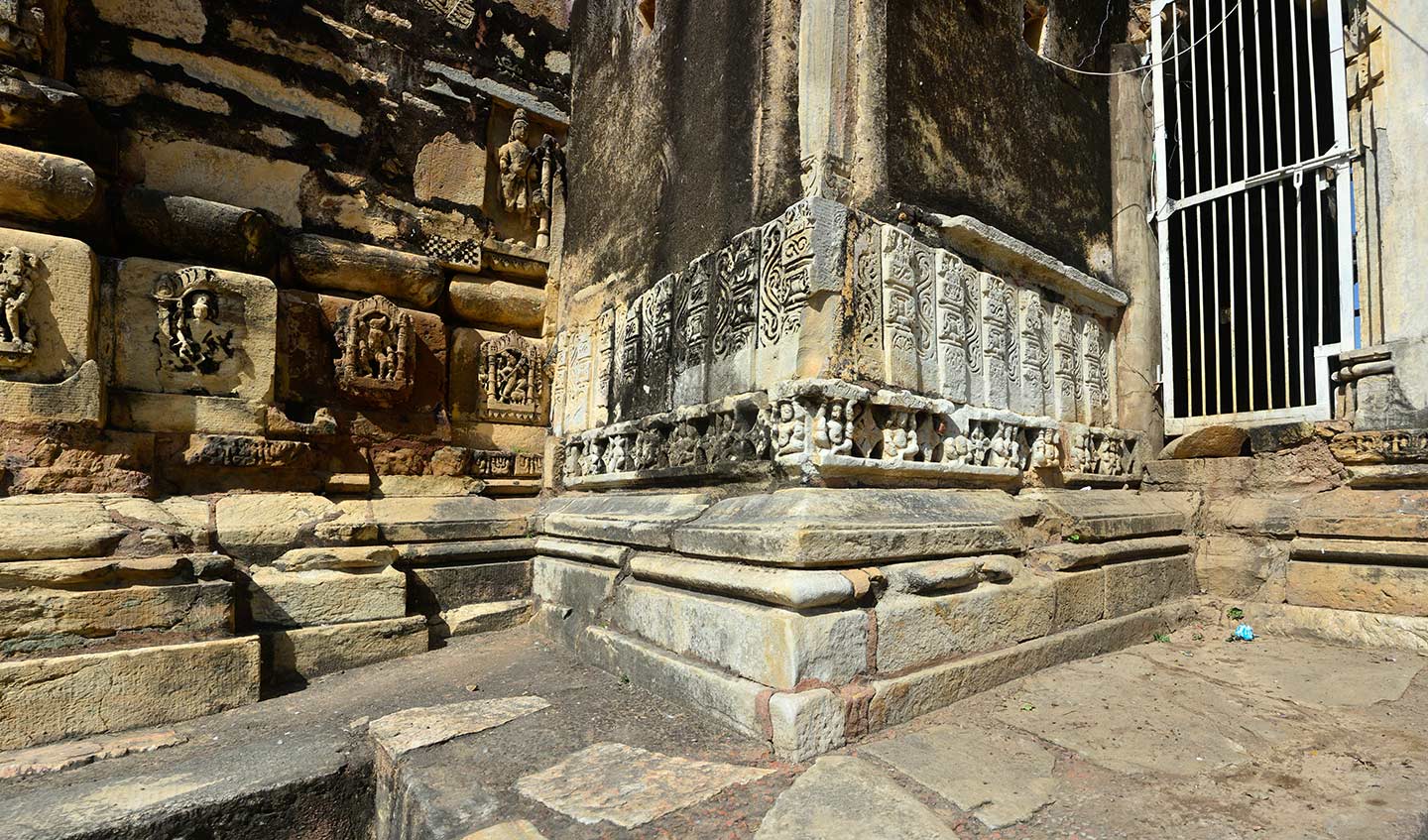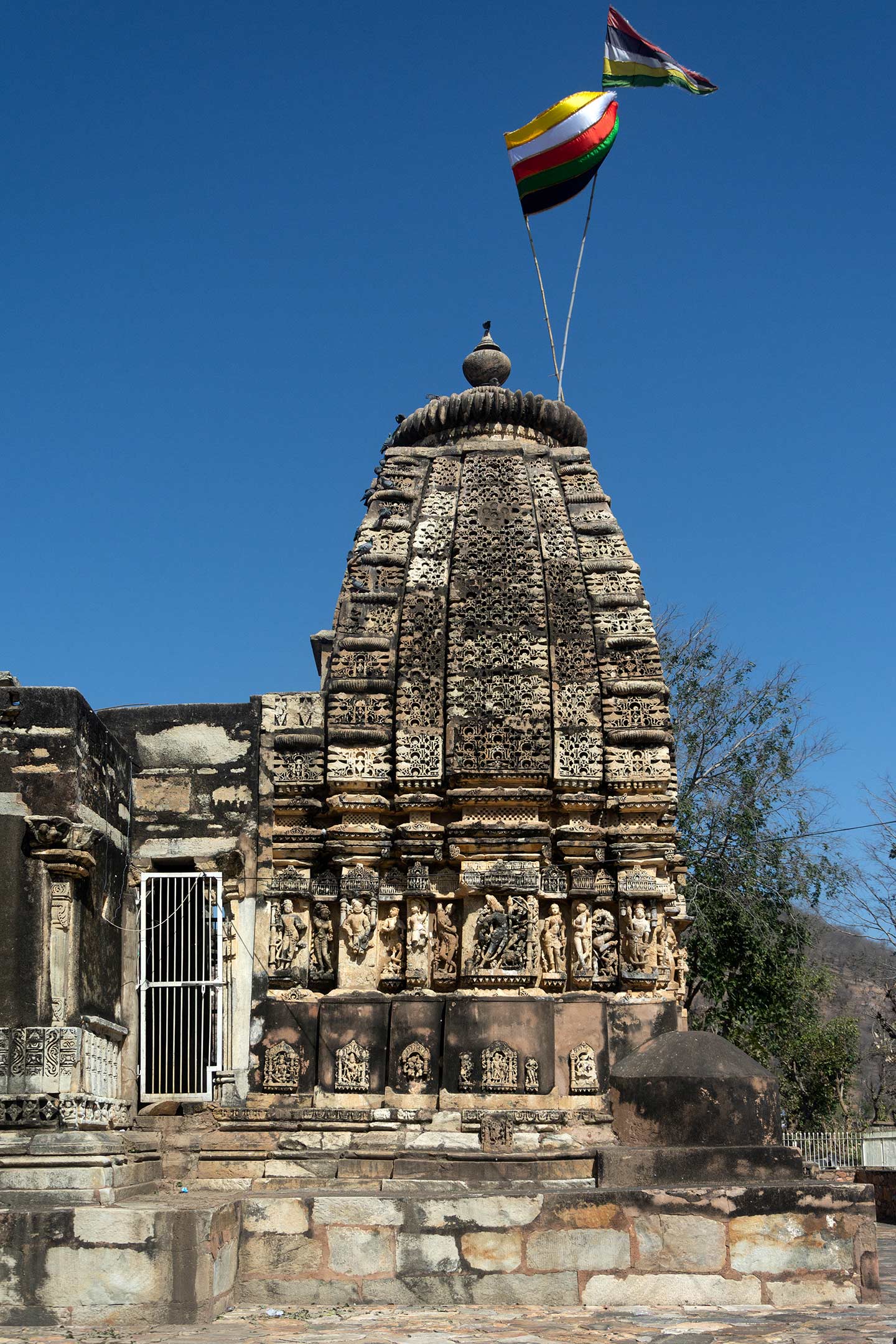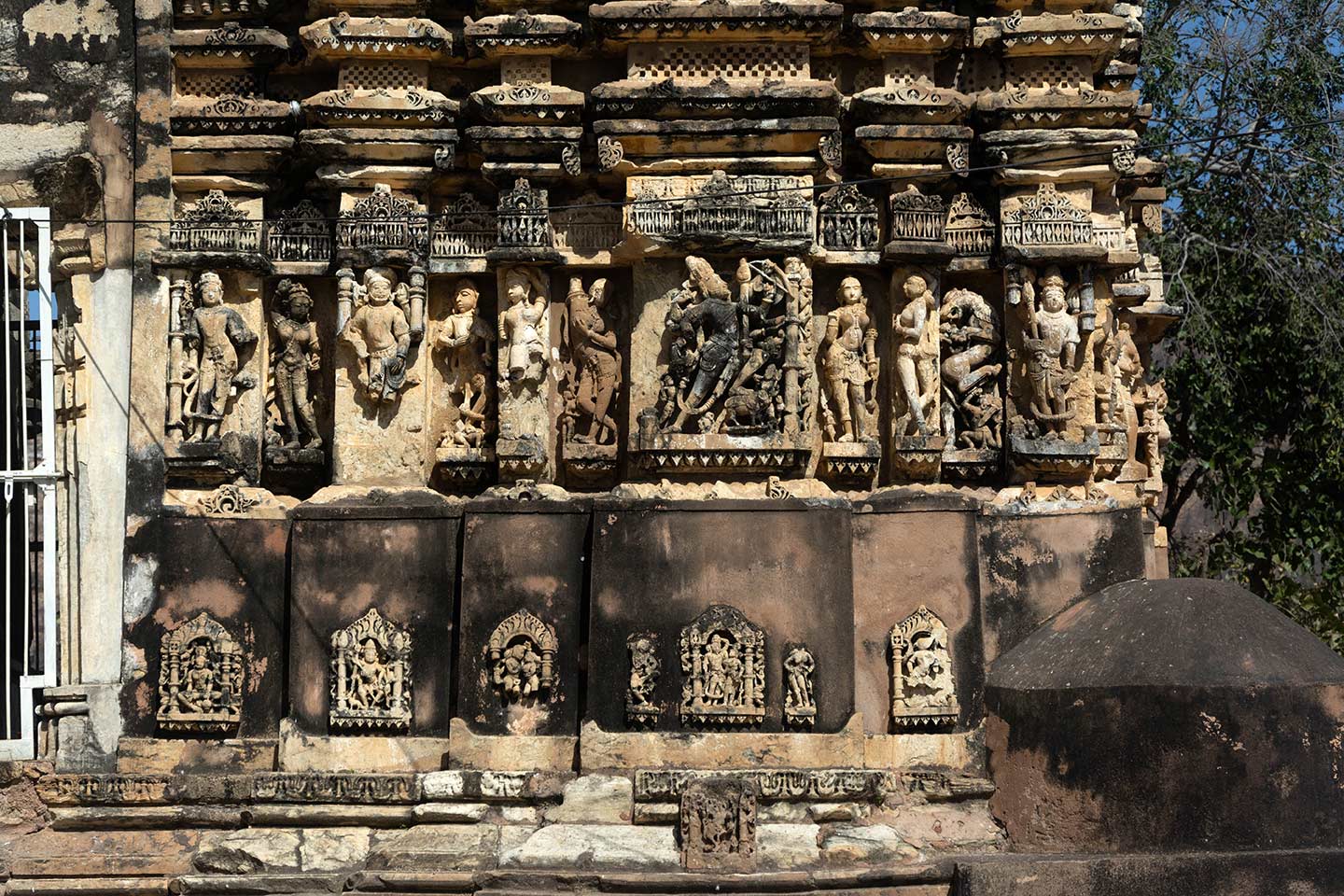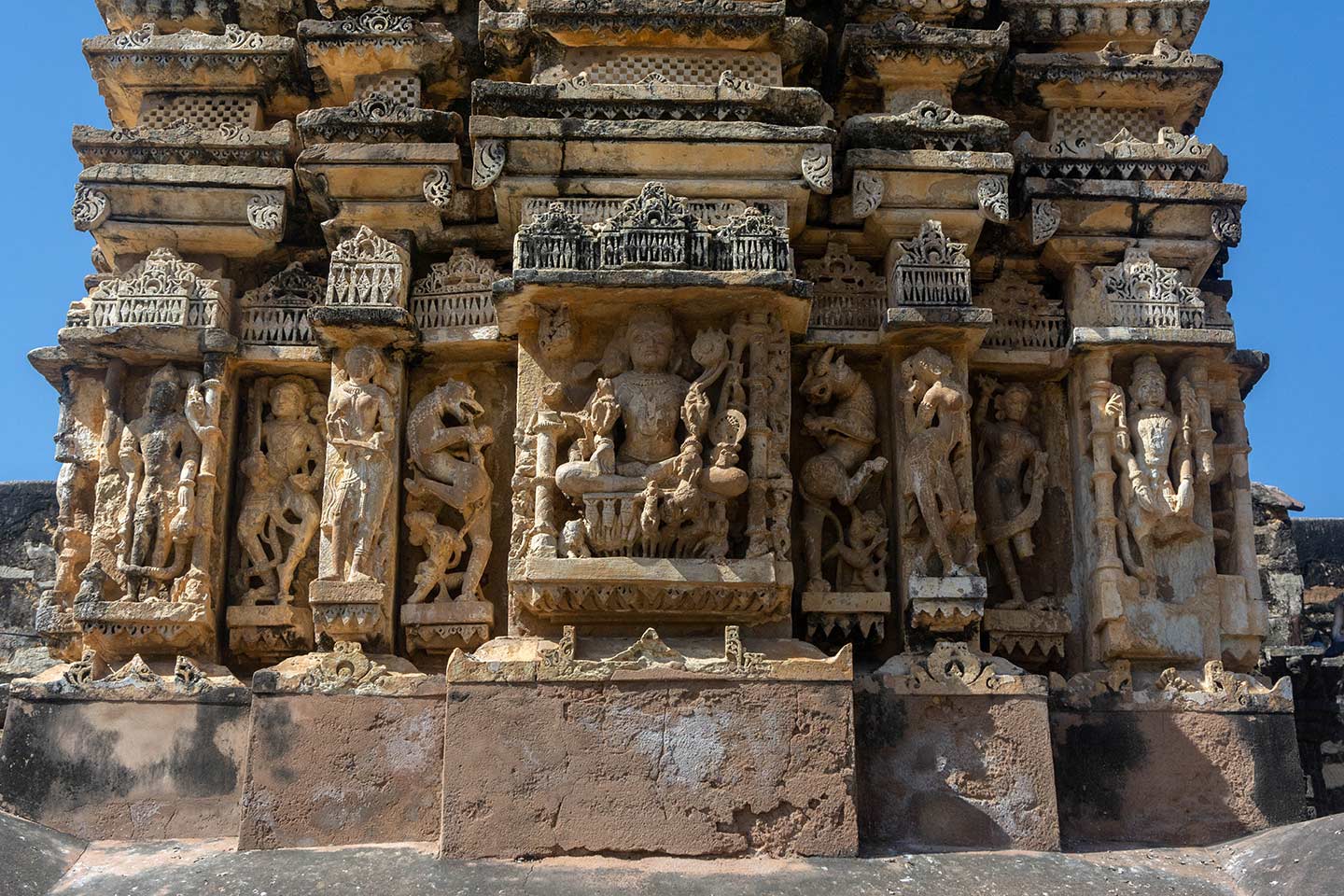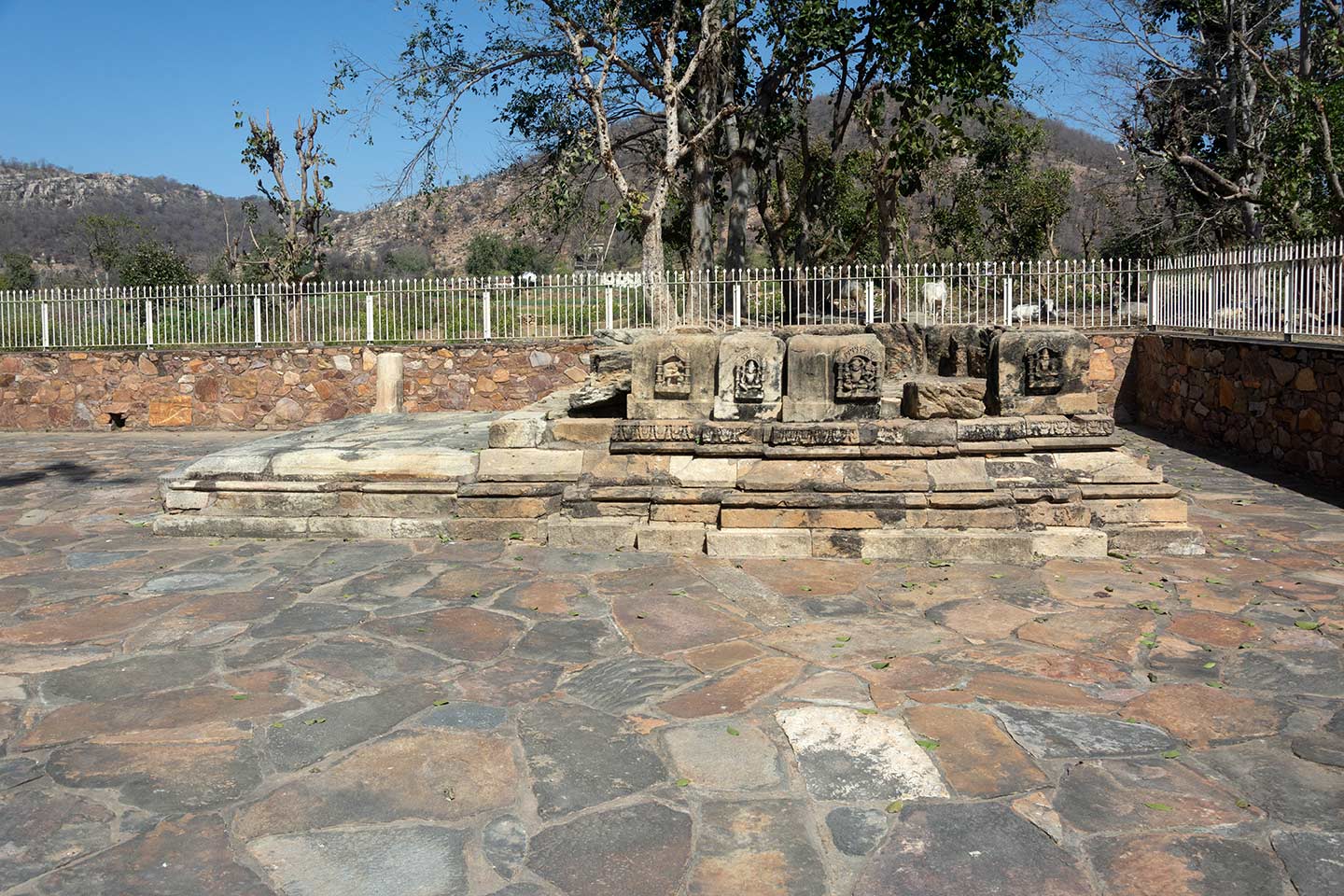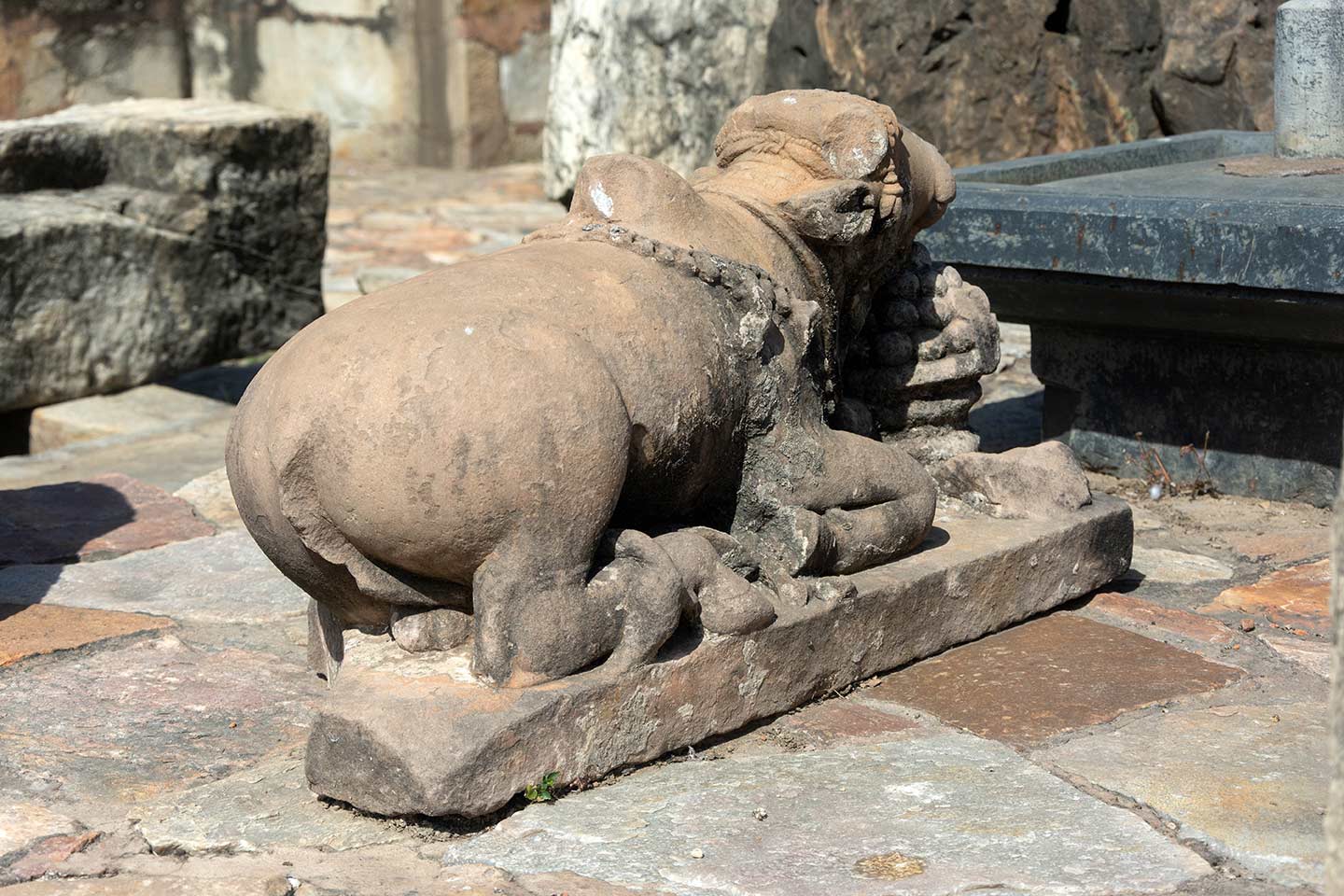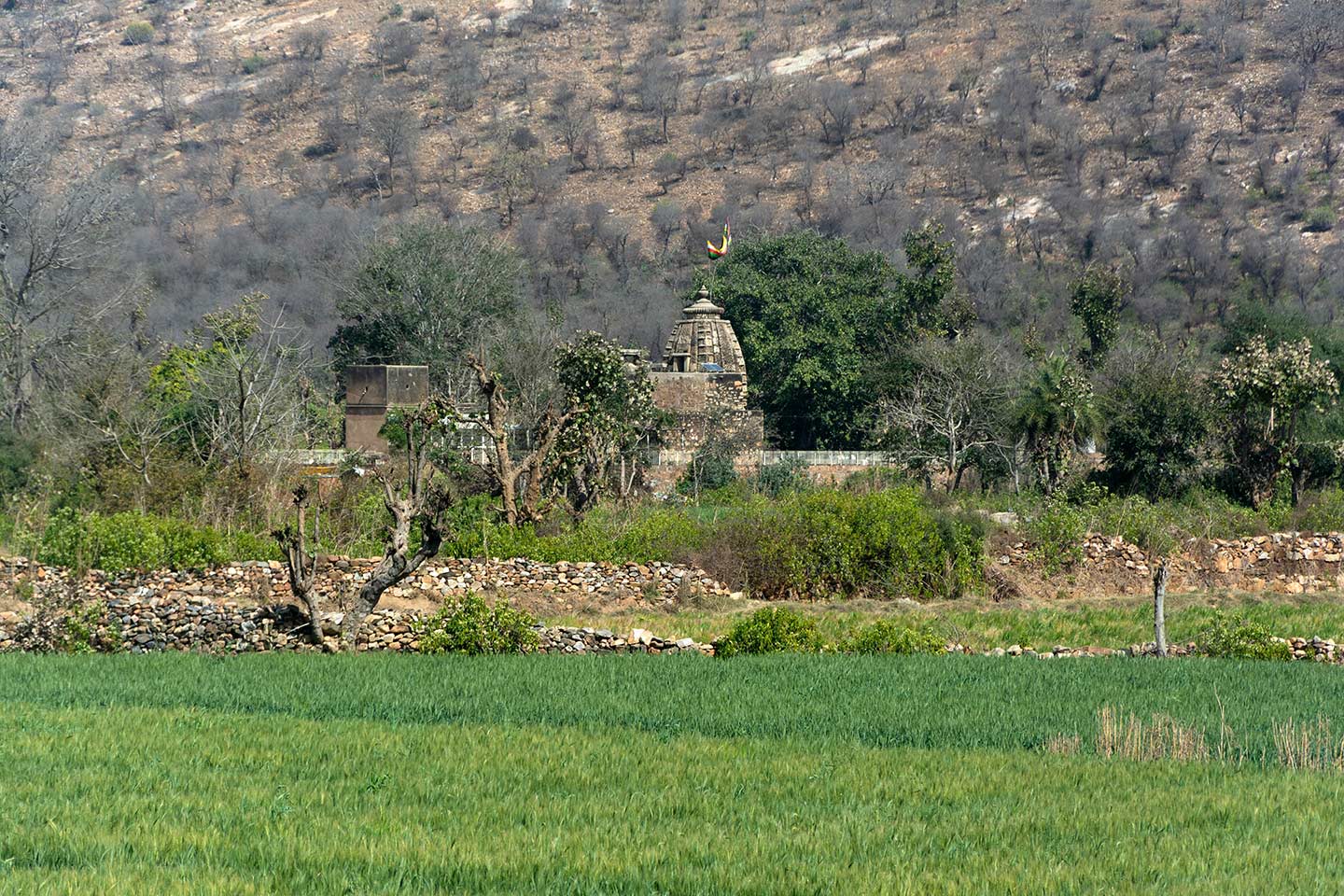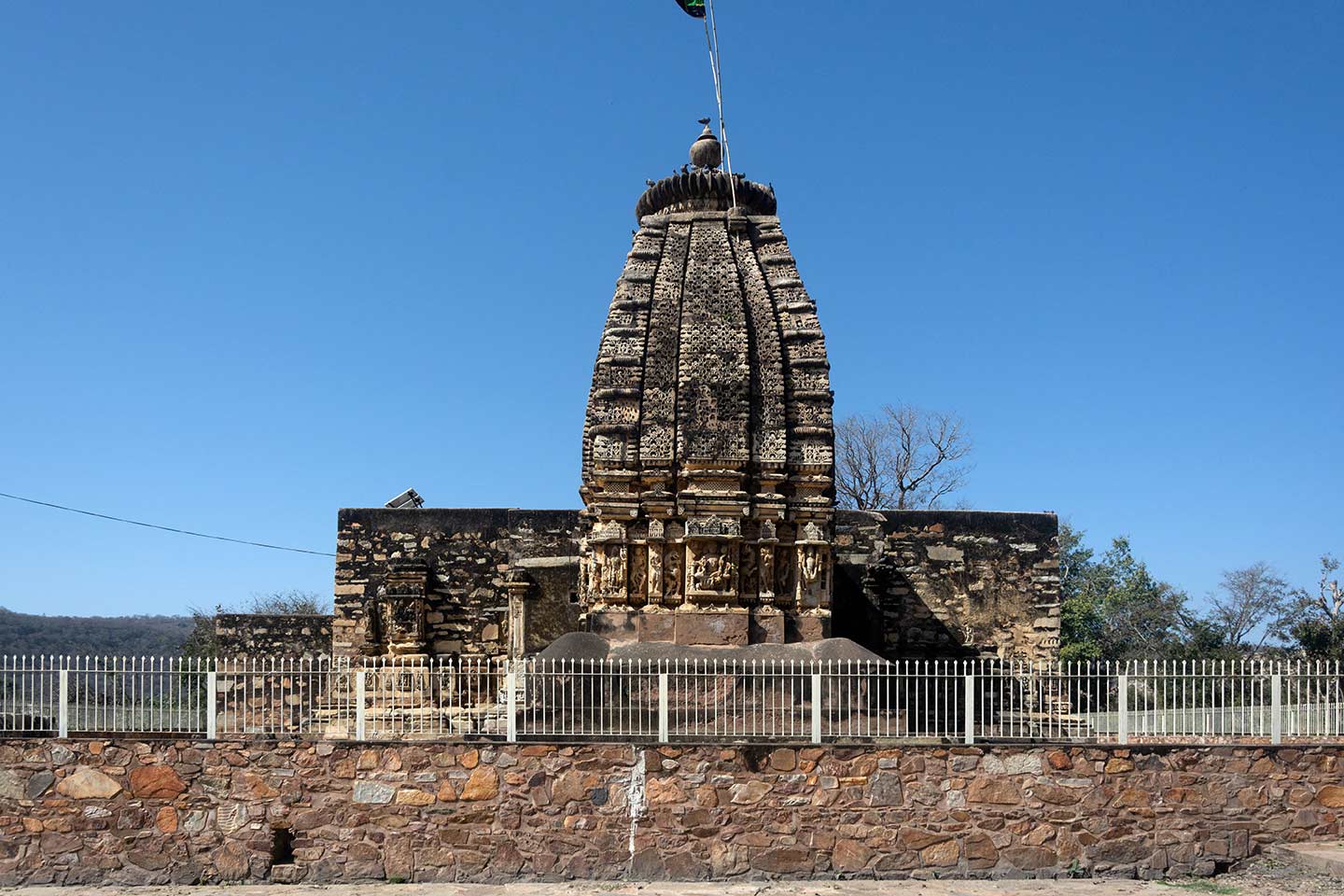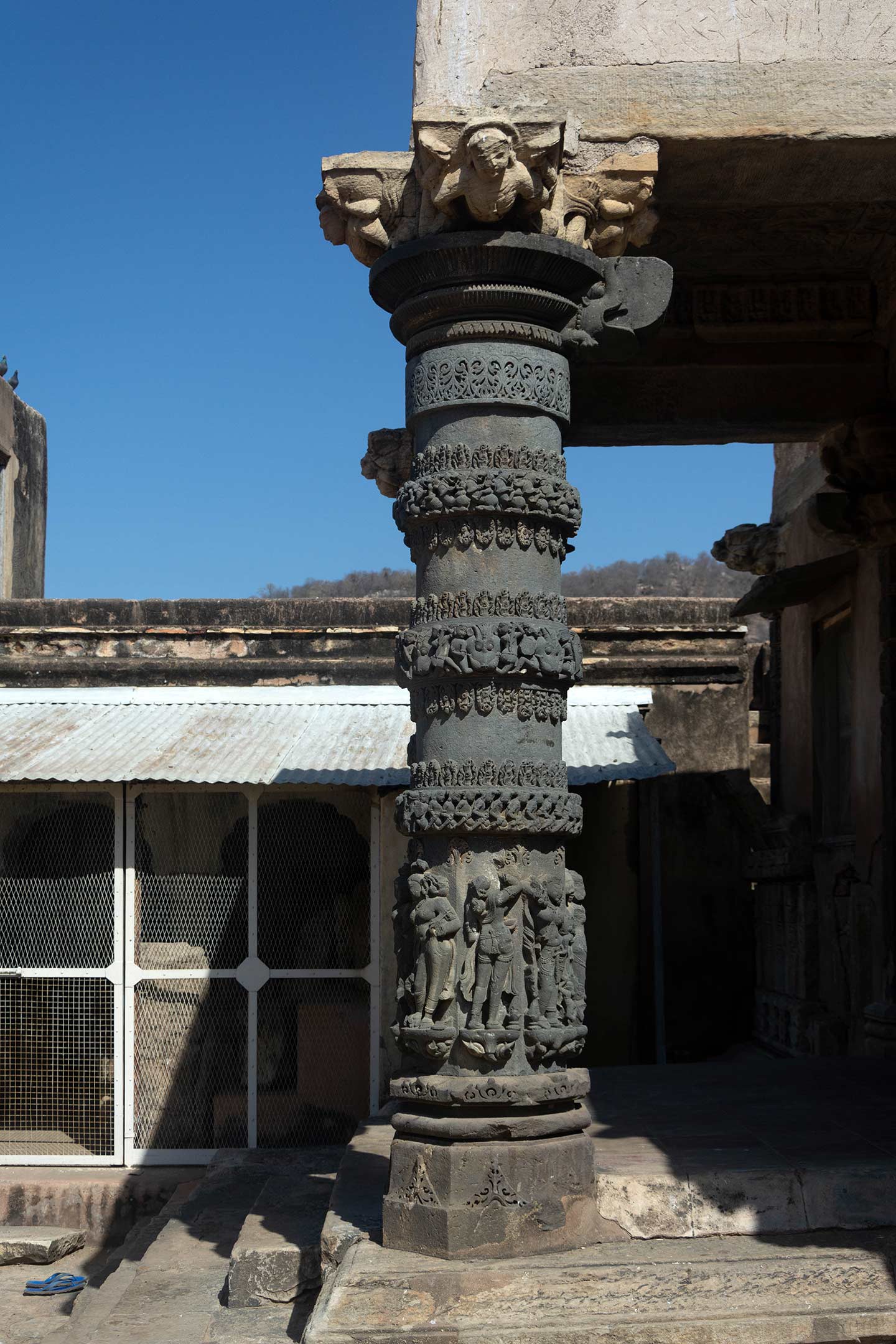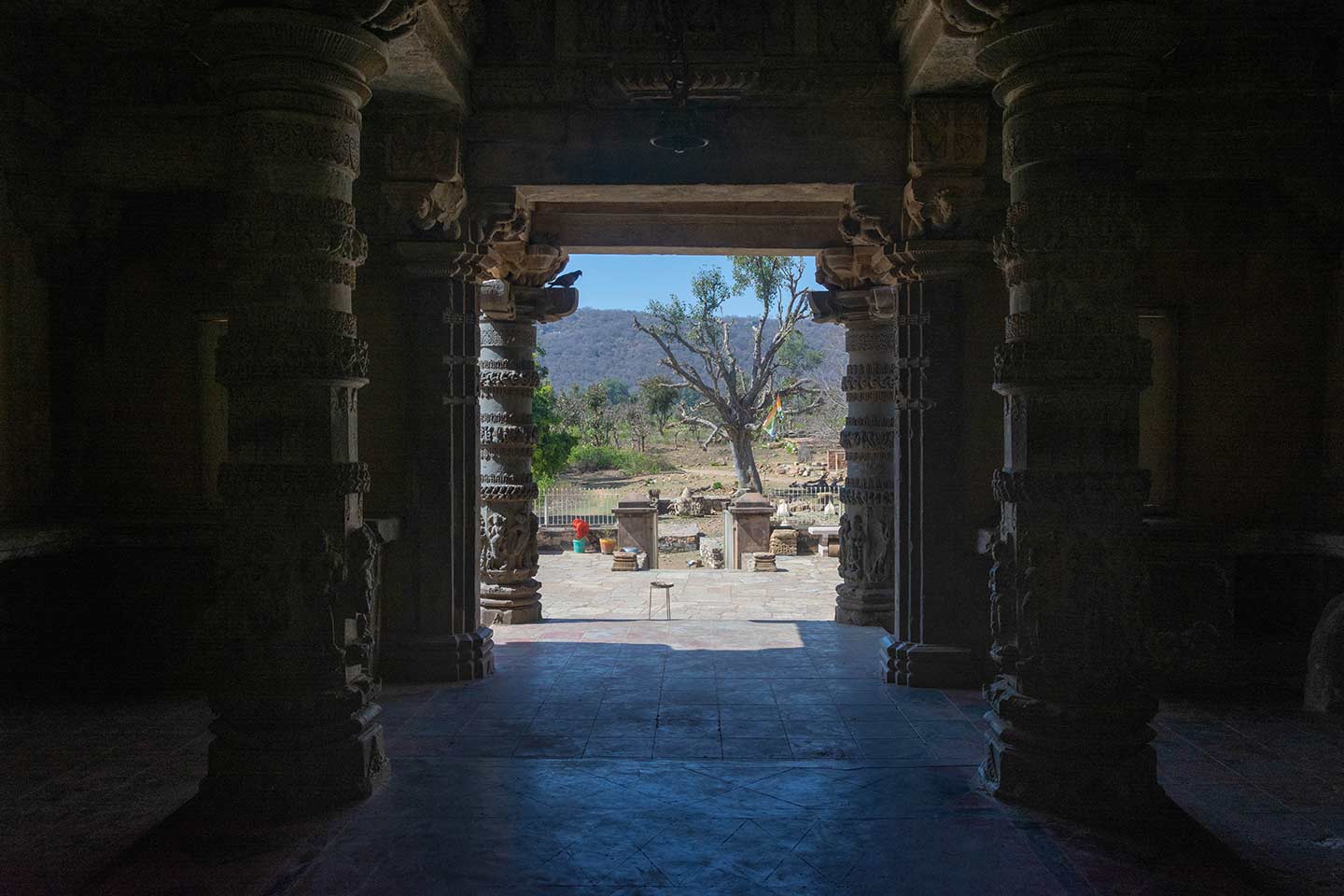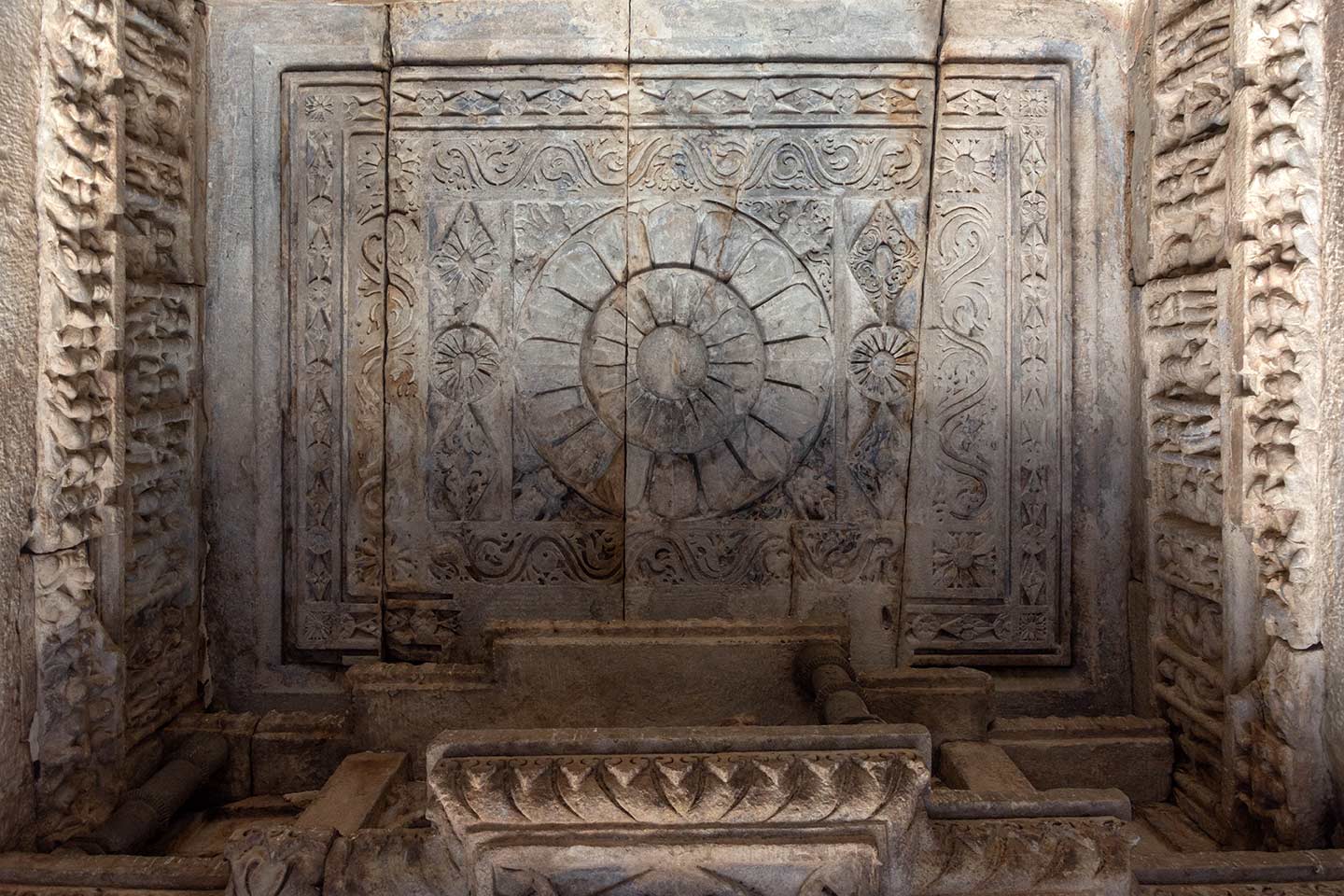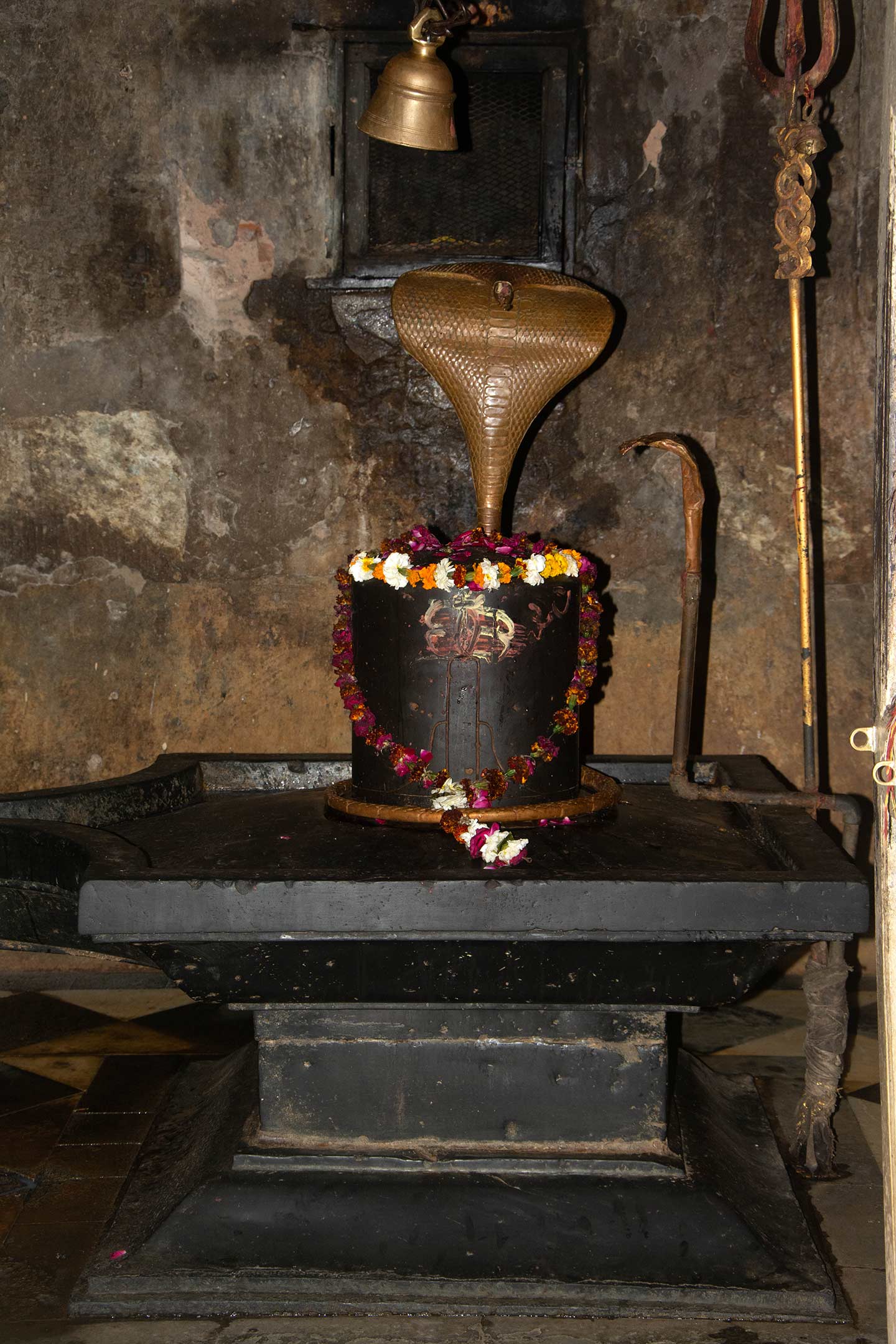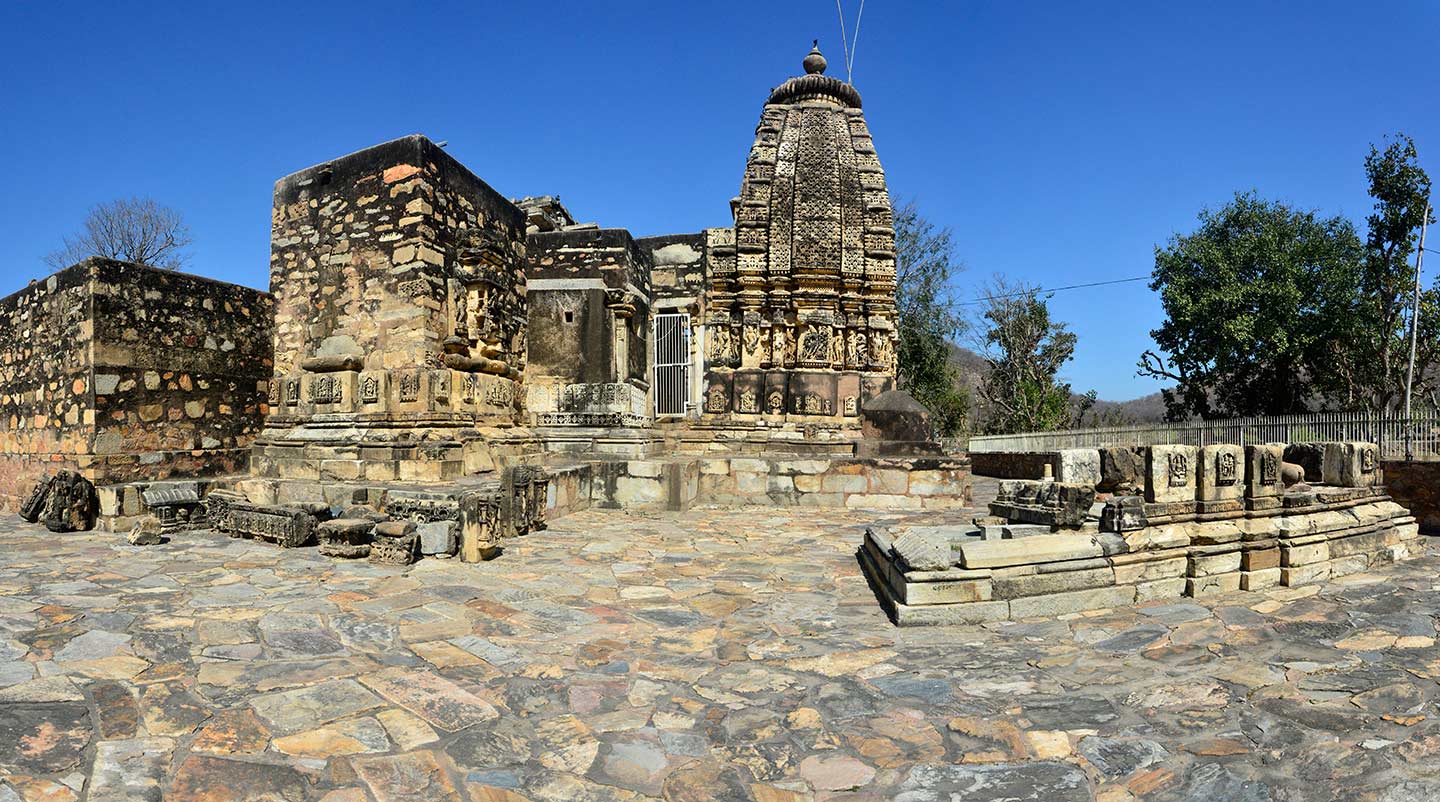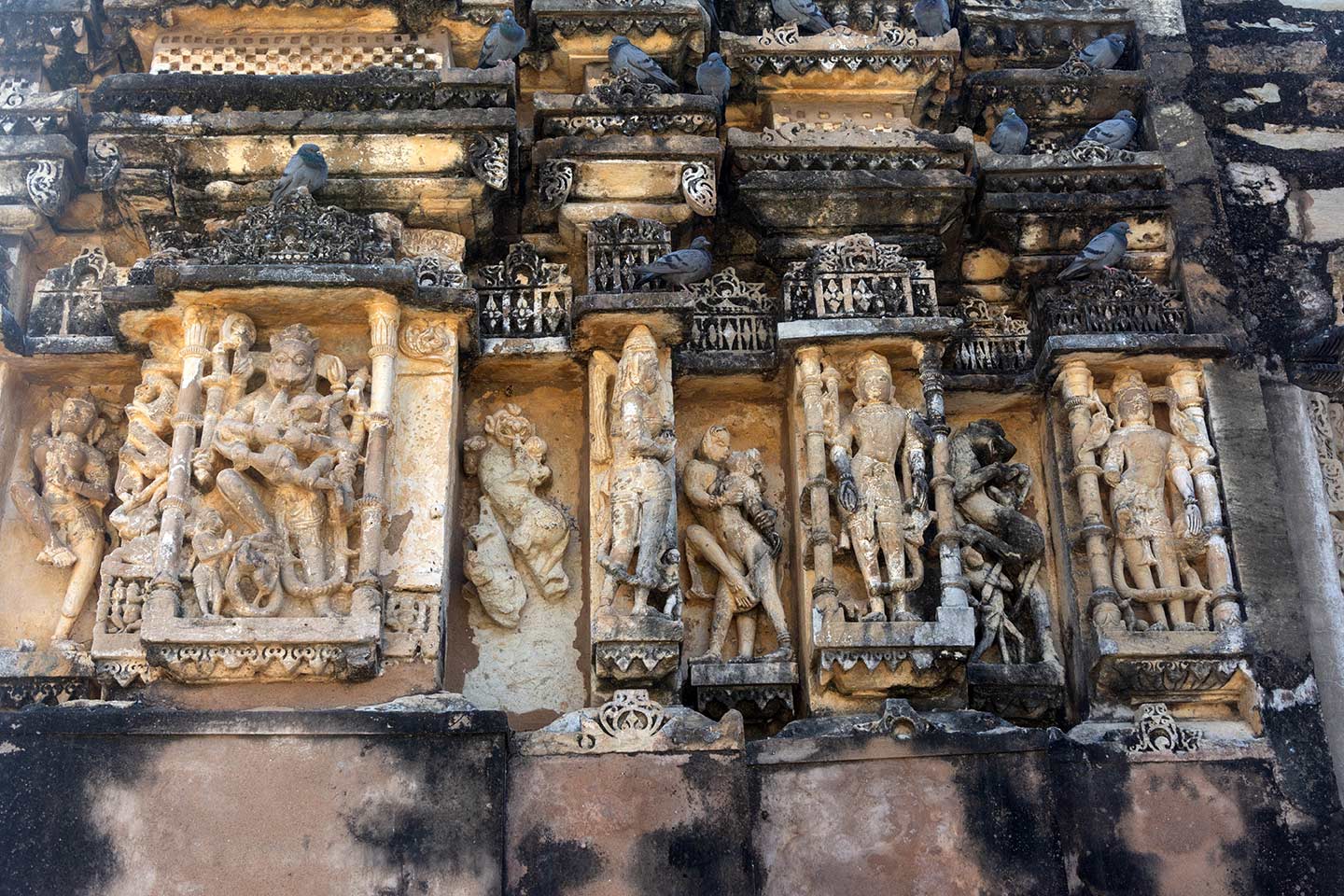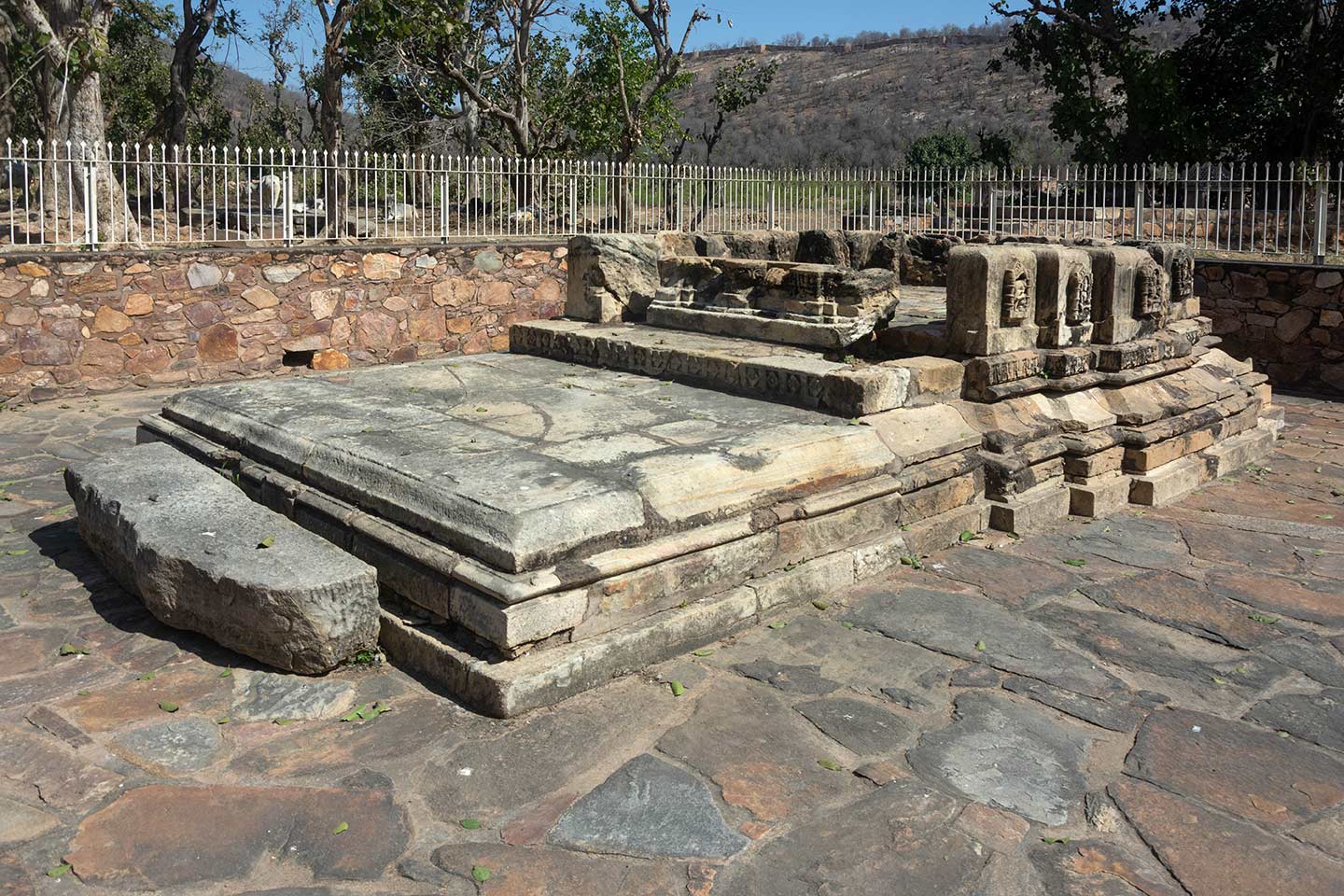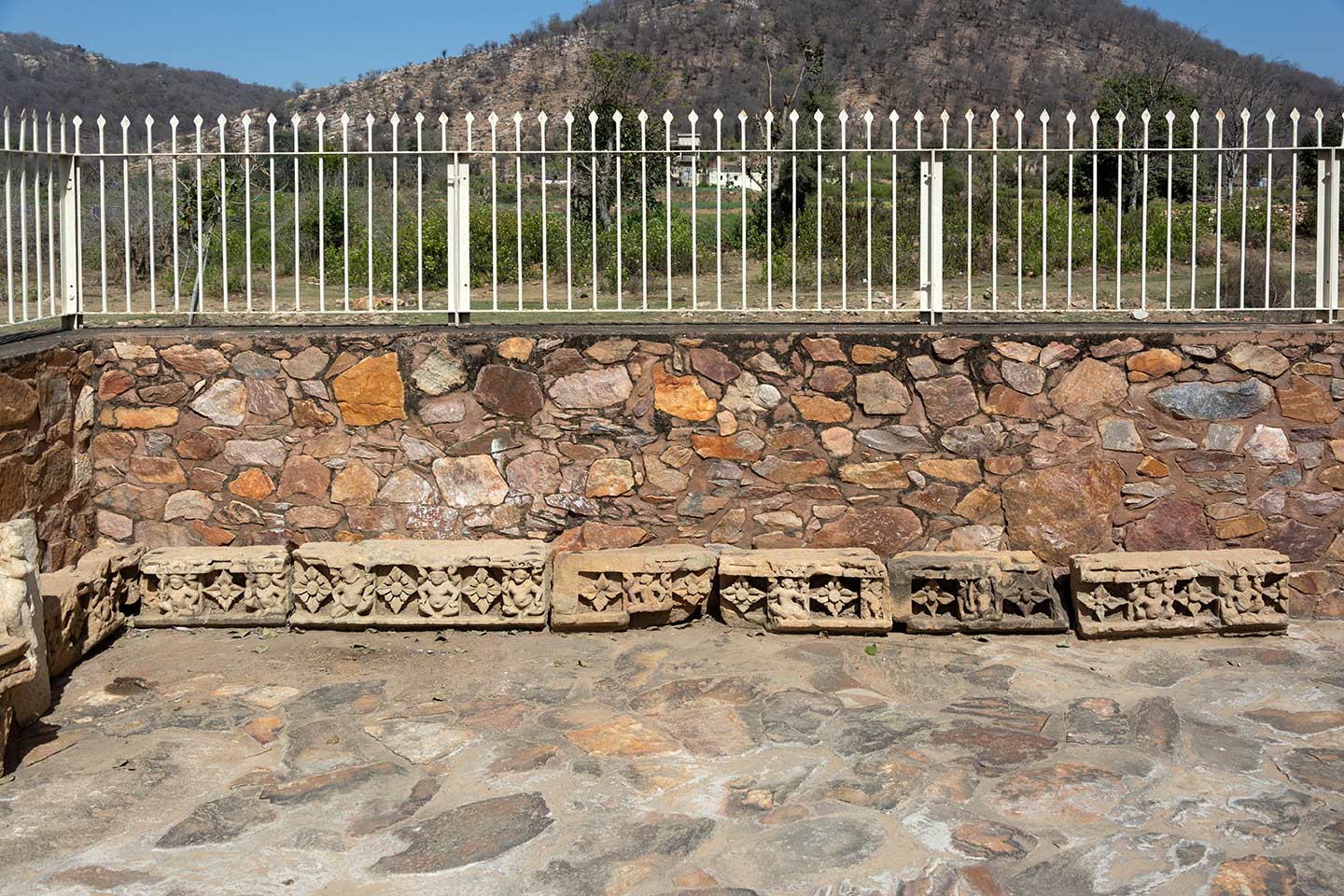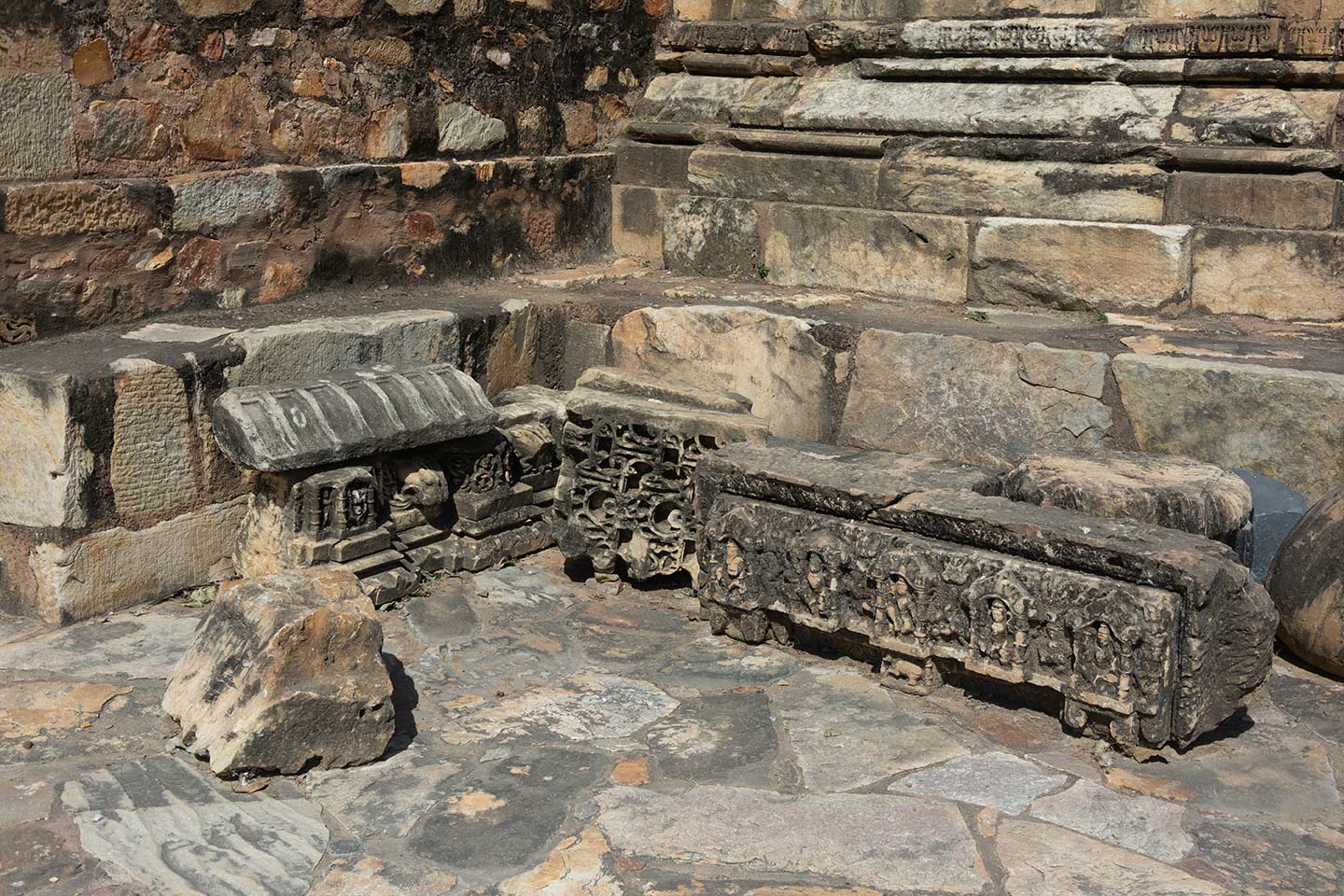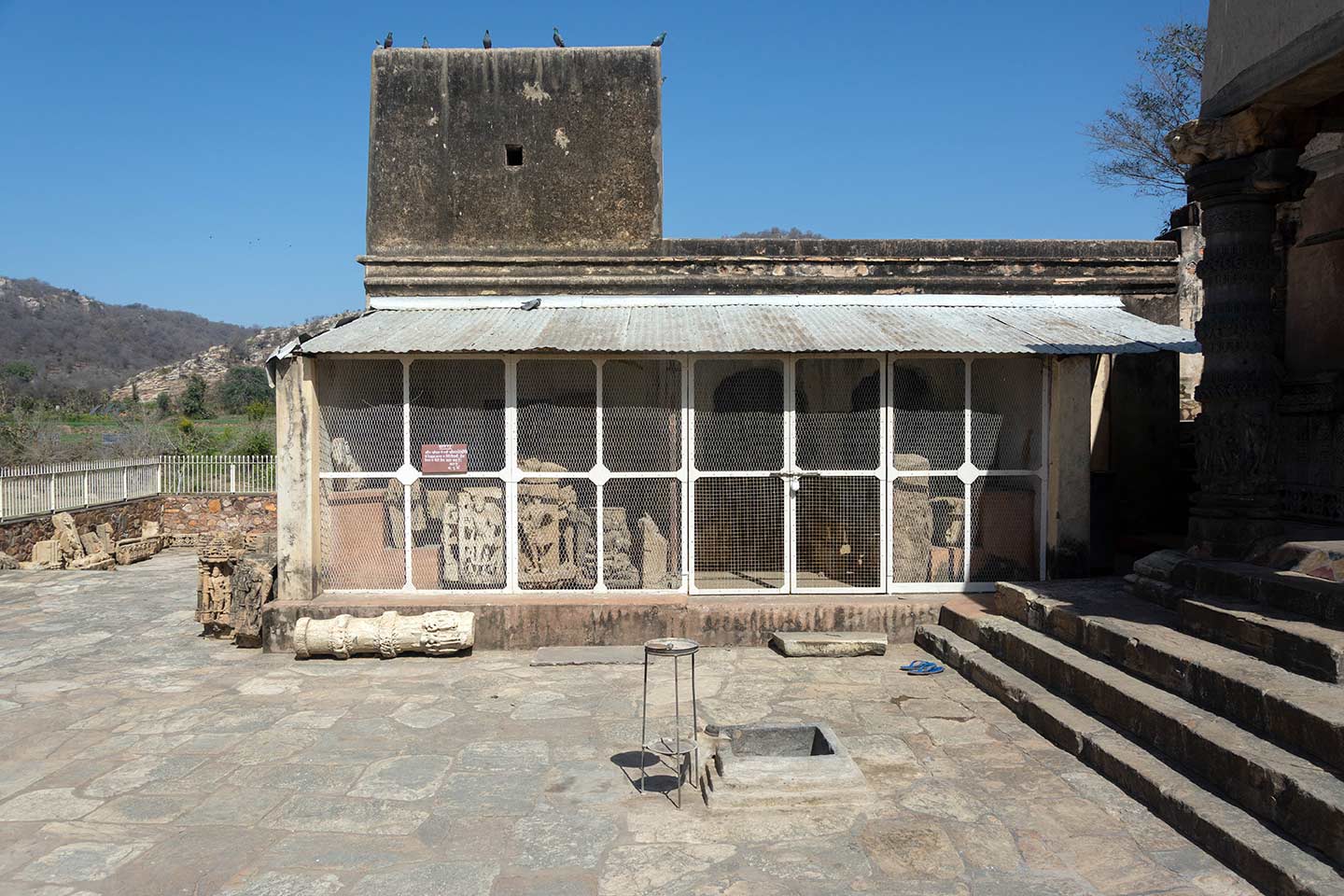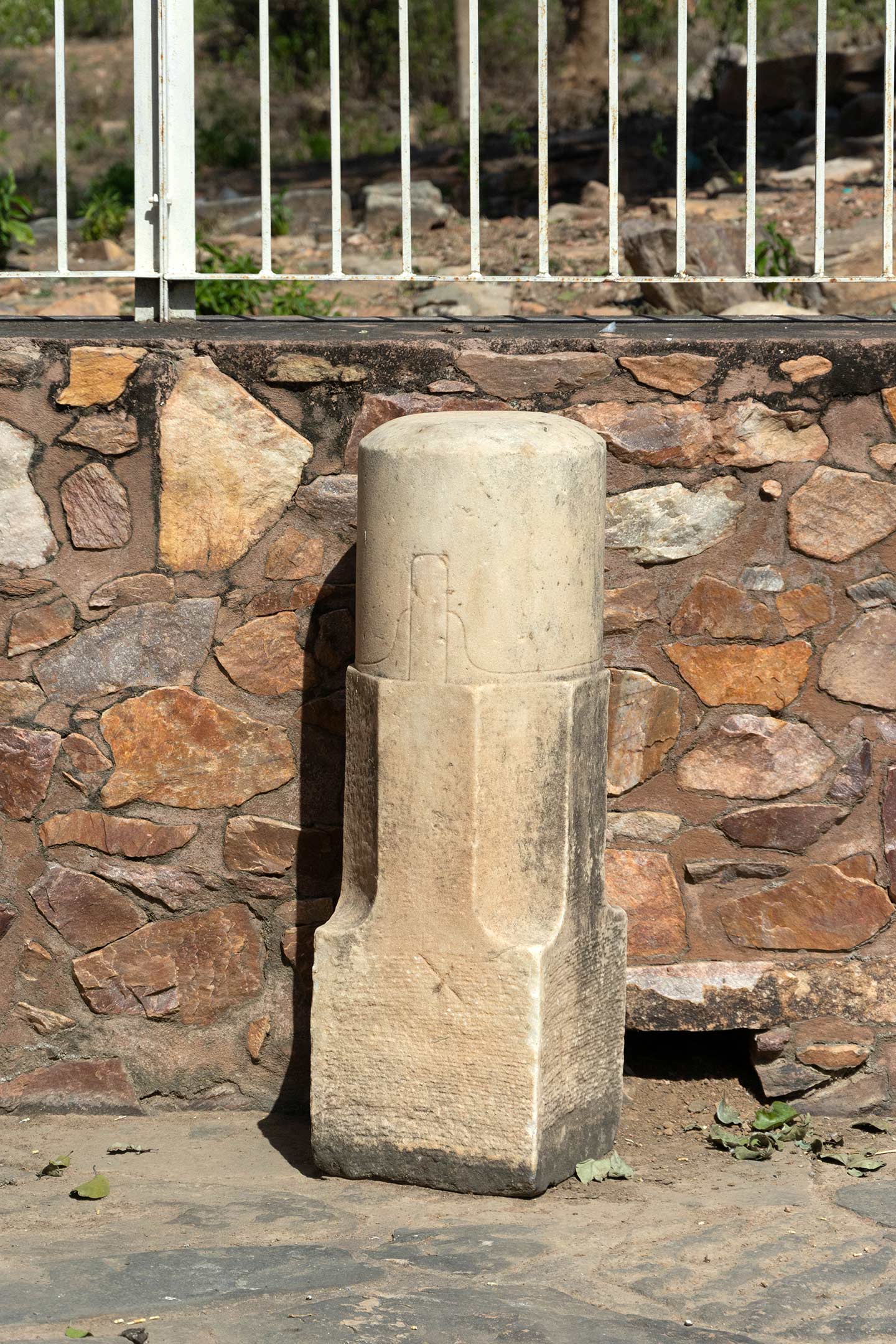Neelkanth Mahadev Temple: Visual walkthrough of the Shiva temple in ancient Rajorgarh
By Swapna Joshi
The Neelkanth Mahadev Temple is located in the Alwar district of Rajasthan, India, within the Sariska Tiger Reserve. This temple is dedicated to Shiva, nestled amidst the lush greenery and rugged terrain of the Sariska forest. It holds significant religious importance for Hindus and attracts devotees and tourists alike. The temple is more than a thousand years old and has a tranquil ambience. Its layout includes a garbhagriha (sanctum sanctorum), an antarala (vestibule or antechamber), and a mandapa (pillared hall). Intricate carvings adorn its spire. Constructed primarily with stone, the temple's symbolic architecture reflects Hindu cosmology and mythology, making it a significant spiritual and cultural site. The temple forms part of a huge complex of several temples spread across approximately two kilometres, datable from the 8th through the 10th centuries CE. The Neelkanth Mahadev group of temples, named after this better-preserved shrine, consists of over a dozen structures, primarily dedicated to Shaivism, although some also adhere to the Jain tradition. Apart from the Neelkanth Mahadev Temple and the remnants of the Jain Naugaza Temple, only the foundations and scattered architectural elements of other temples remain today. The complex also includes step wells (baolis) and tanks for water storage. To the west of this temple cluster, the Lachoro tank, a unique example of mediaeval hydraulic engineering, supplies water to the settlement. The fortified nature of the entire complex is evident from the remnants of fortification walls interspersed with gateways facing different directions.
